-
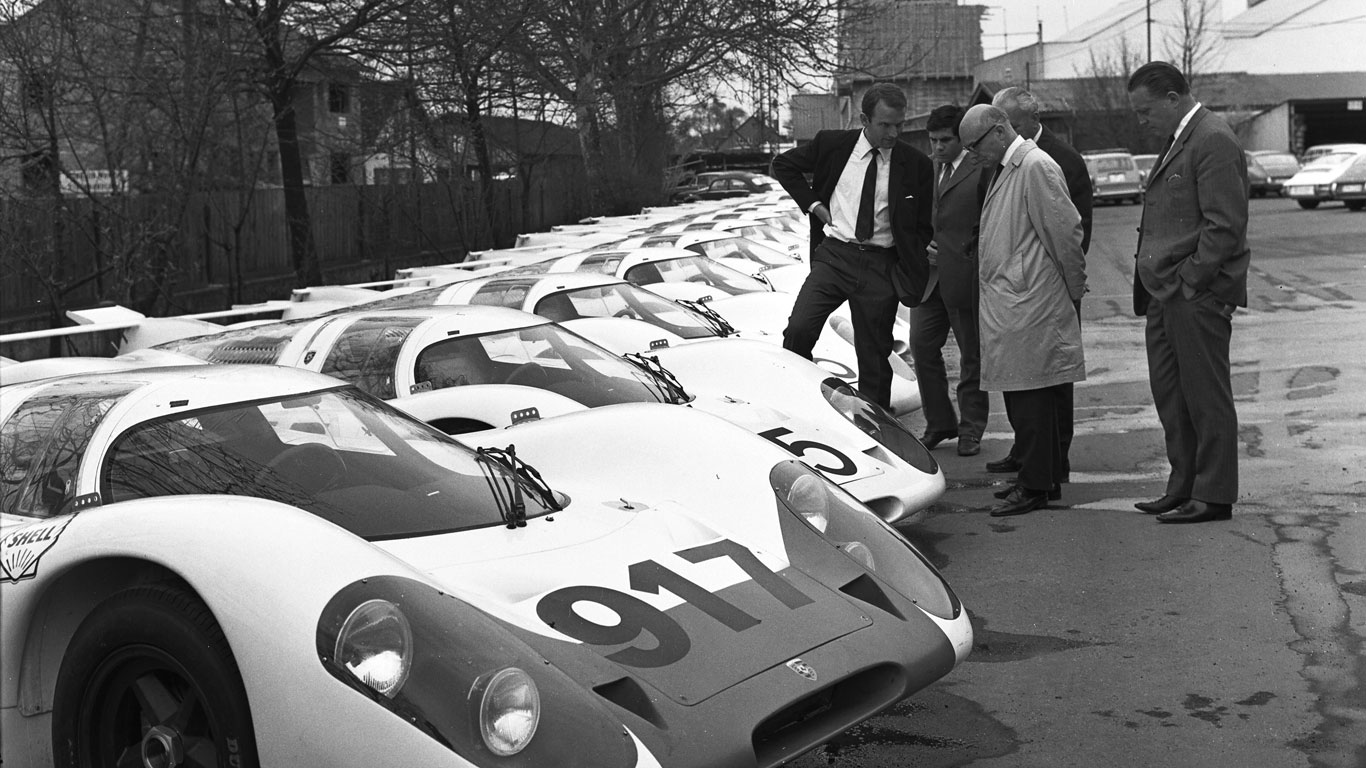
The life and legacy of Ferdinand Piech
© PorscheFerdinand Piech was one of the most influential figures in the global car industry. The grandson of Ferdinand Porsche, his notable achievements included transforming Audi into a premium marque and introducing platform-sharing to the Volkswagen Group – creating the powerhouse we know today.
Piech also oversaw some of the greatest cars ever made, from the Porsche 917 to the Bugatti Veyron, before he died in 2019. We look back on his remarkable career, highlighting the hits – and misses – of the man they called ‘Mr. Volkswagen’.
-
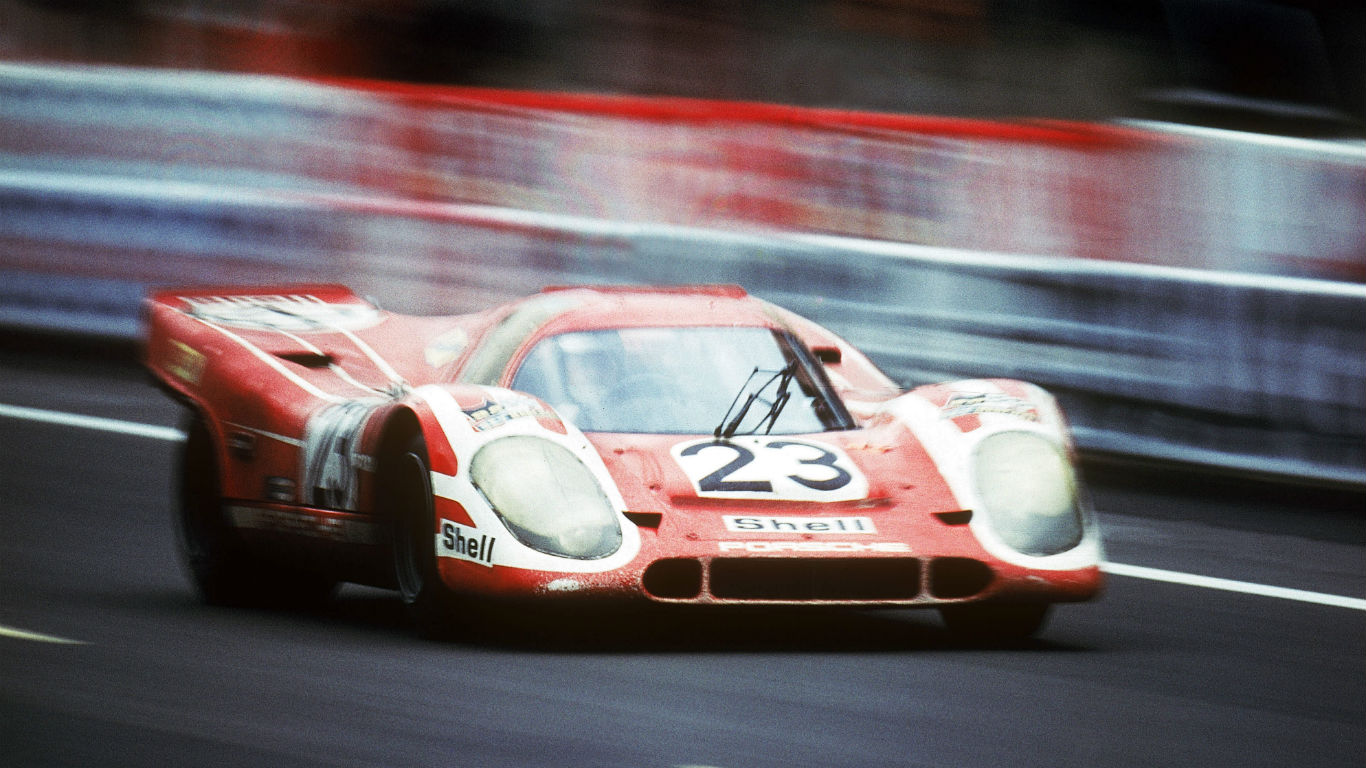
Porsche 917 – 1969
© PorscheBefore we celebrate his work at Volkswagen, it’s important to rewind the clock to the 1960s, when Piech was employed at Porsche in Stuttgart. He worked on the development of the Porsche 906, before moving on to other models, culminating in the hugely successful Porsche 917. The car raced to overall wins at Le Mans in 1970 and 1971.
-
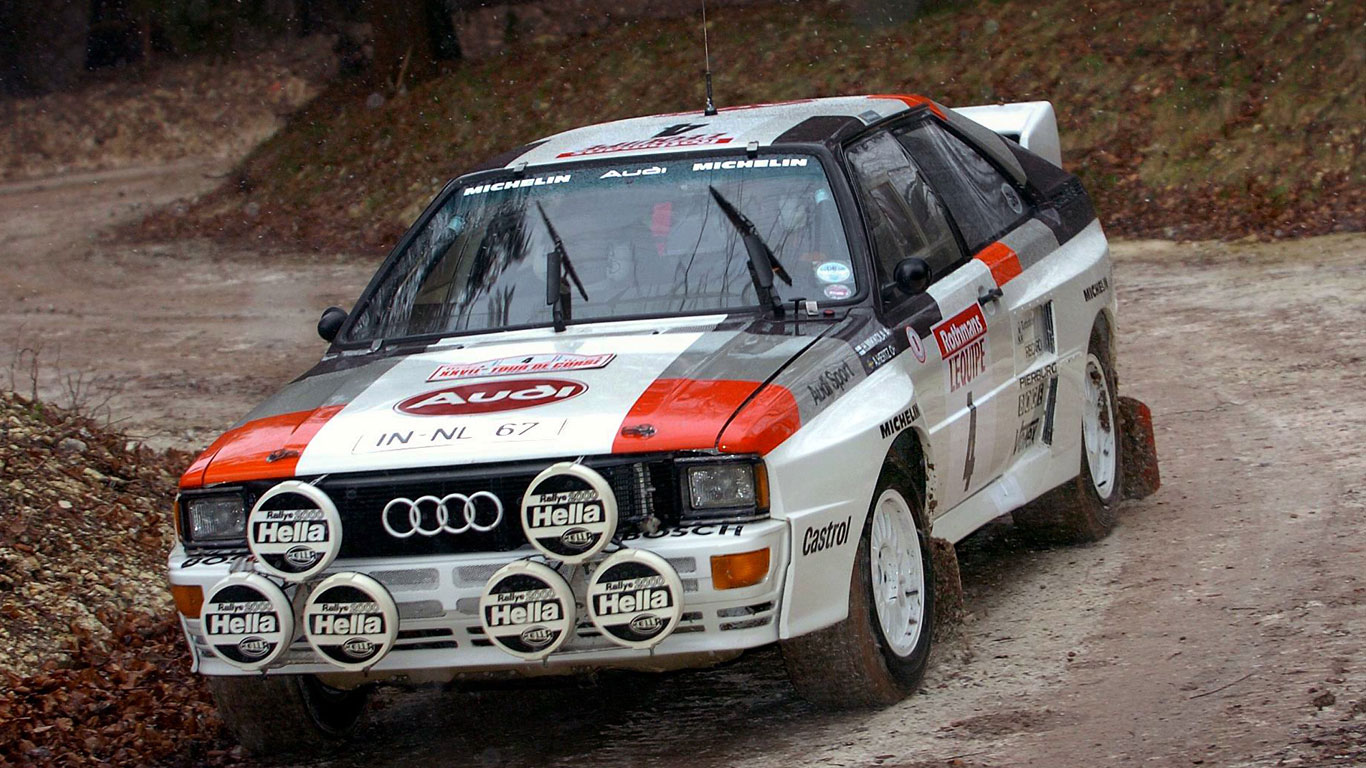
Audi ur-Quattro – 1980
© AudiWhat a legacy! When Piech arrived at Audi, the German company appeared to be in decline. It sat way behind BMW and Mercedes-Benz and was suffocating under Volkswagen’s control. Remarkably, Piech transformed the relatively humble Audi Coupe into the all-conquering Quattro. In a stroke, Piech had laid the foundations for a brand built on all-wheel-drive technology and – thanks to a domination of world rallying – put Audi on the map.
-
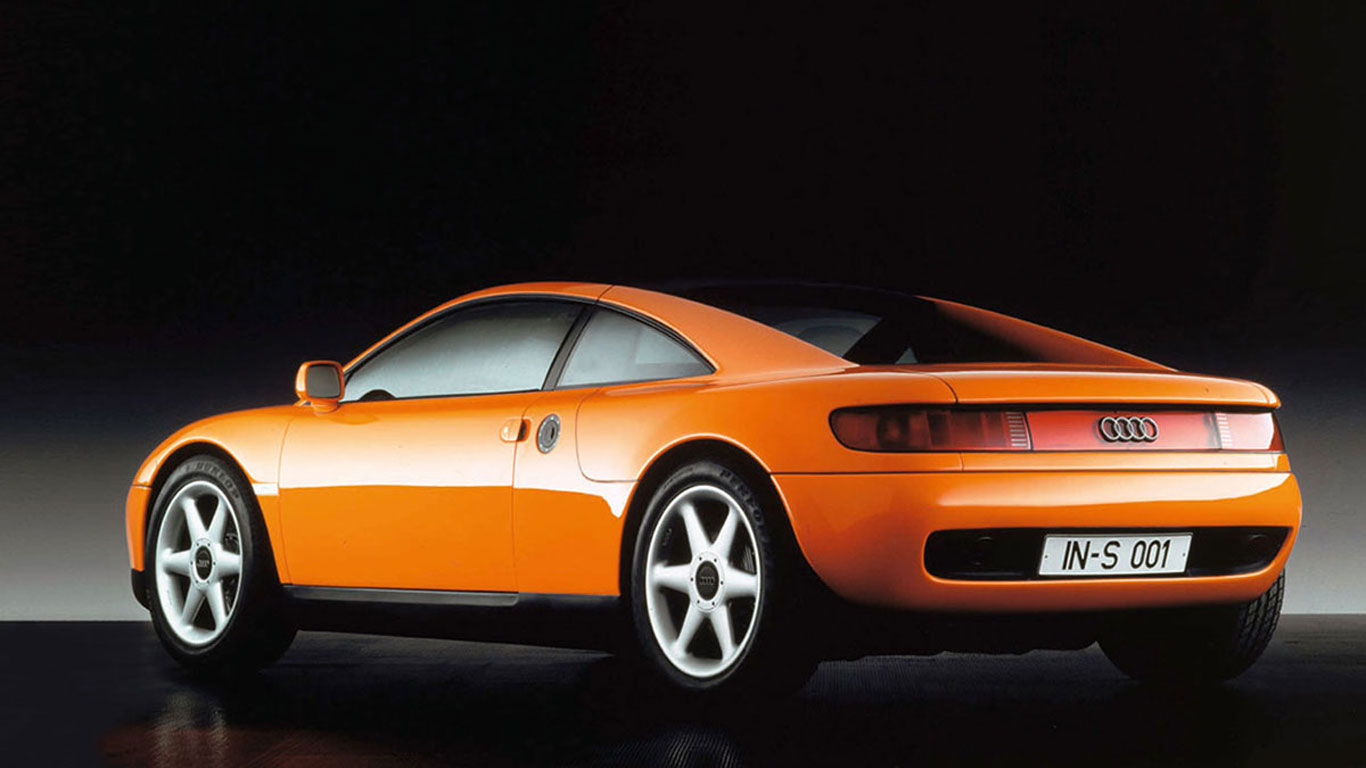
Audi Quattro Spyder – 1991
© AudiGoodness, how fresh does this thing look? It’s remarkable to think that Audi unveiled the Quattro Spyder at the 1991 Frankfurt Motor Show. At the time, it was more a demonstration of Audi’s thinking than an actual concept car, but it certainly helped to invigorate the brand. Highlights included the extensive use of aluminum (a key part of Audi’s future) and a suspension set-up that would be used in the forthcoming A4.
-
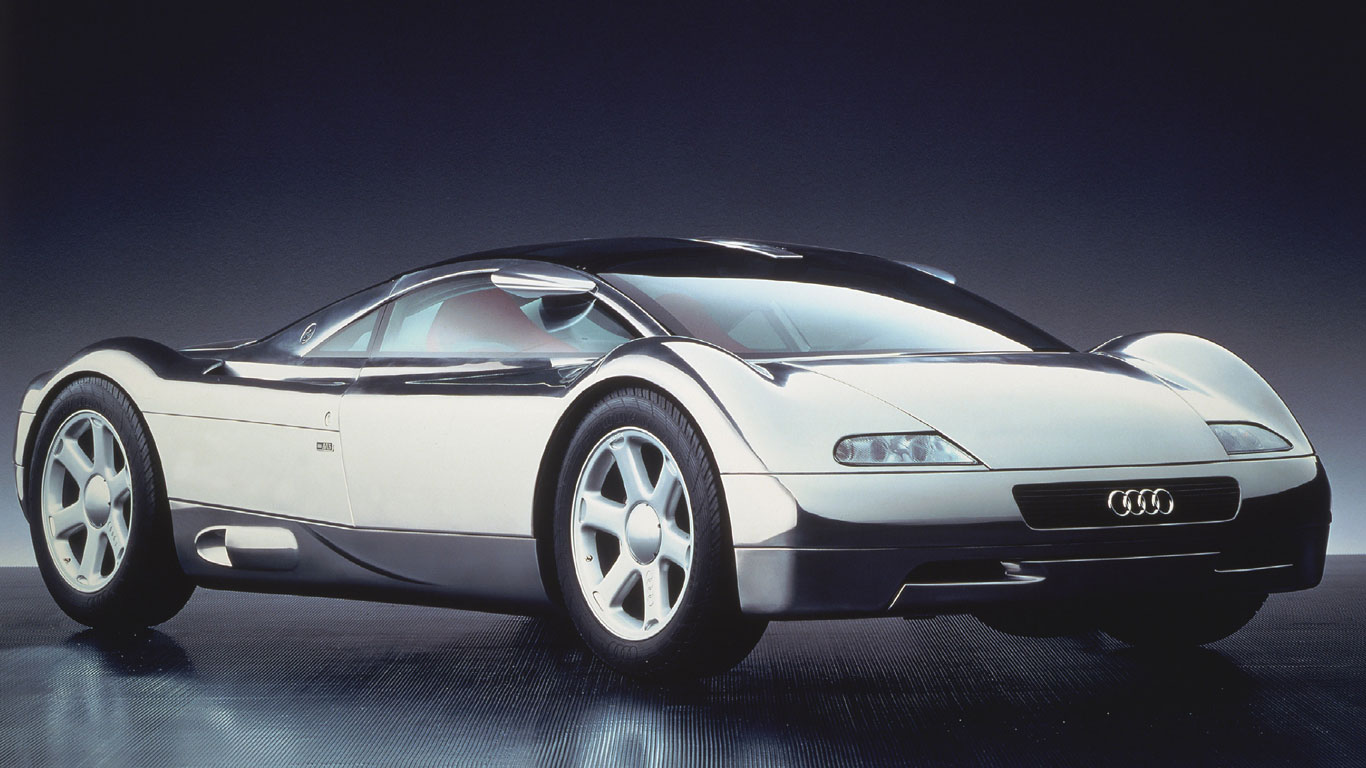
Audi Avus – 1991
© AudiAudi was on a roll. Weeks after the launch of the Quattro Spyder came this – the Avus. It’s no coincidence that it looks like an early version of a certain Bugatti, because it was. Nearly 15 years prior to the launch of the Veyron, the Avus featured a W12 engine and four-wheel drive, with Audi claiming a top speed of 200mph.
-
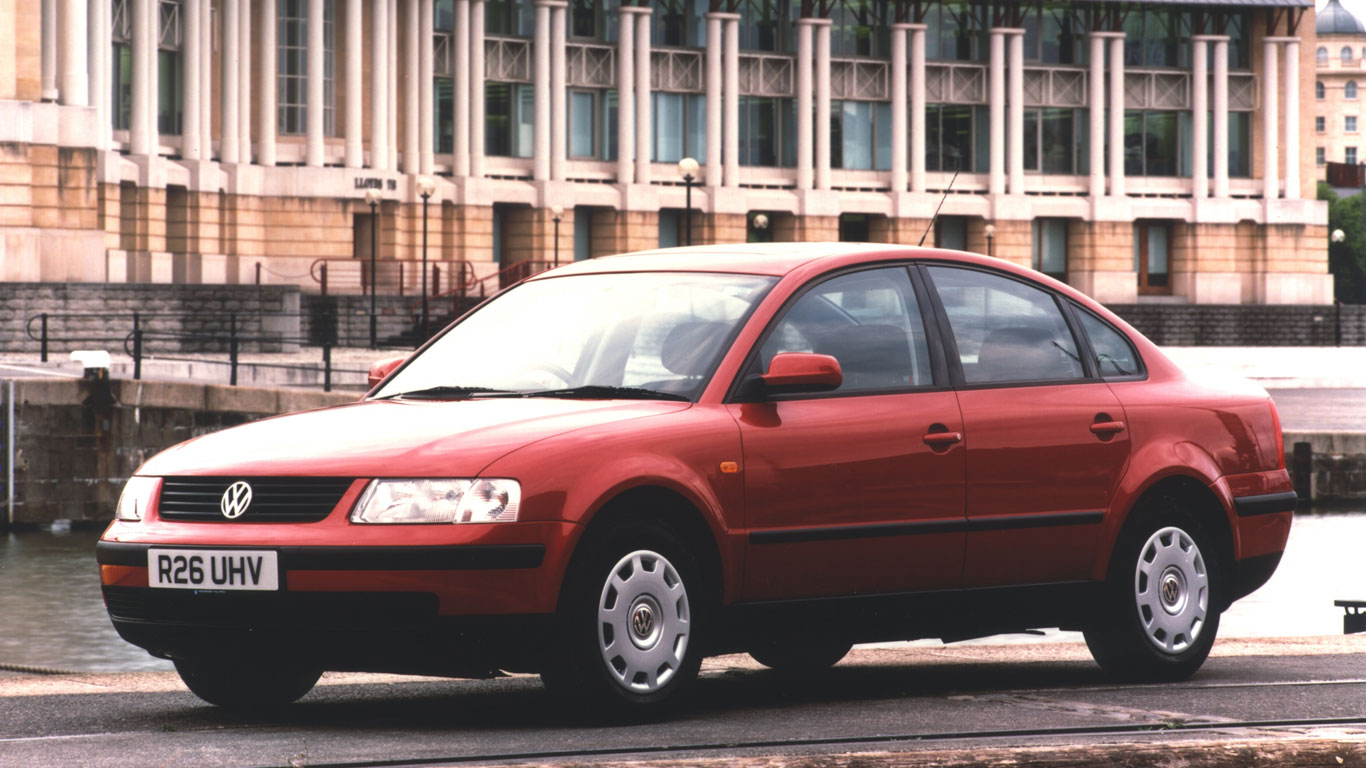
Volkswagen Passat
© VolkswagenIn 1993, Ferdinand Piech was made CEO of the Volkswagen Group. One of his first roles in office was the development of the new Passat. Piech saw an opportunity to push the Passat upmarket, something that is immediately obvious with the B5 model of 1996.
-
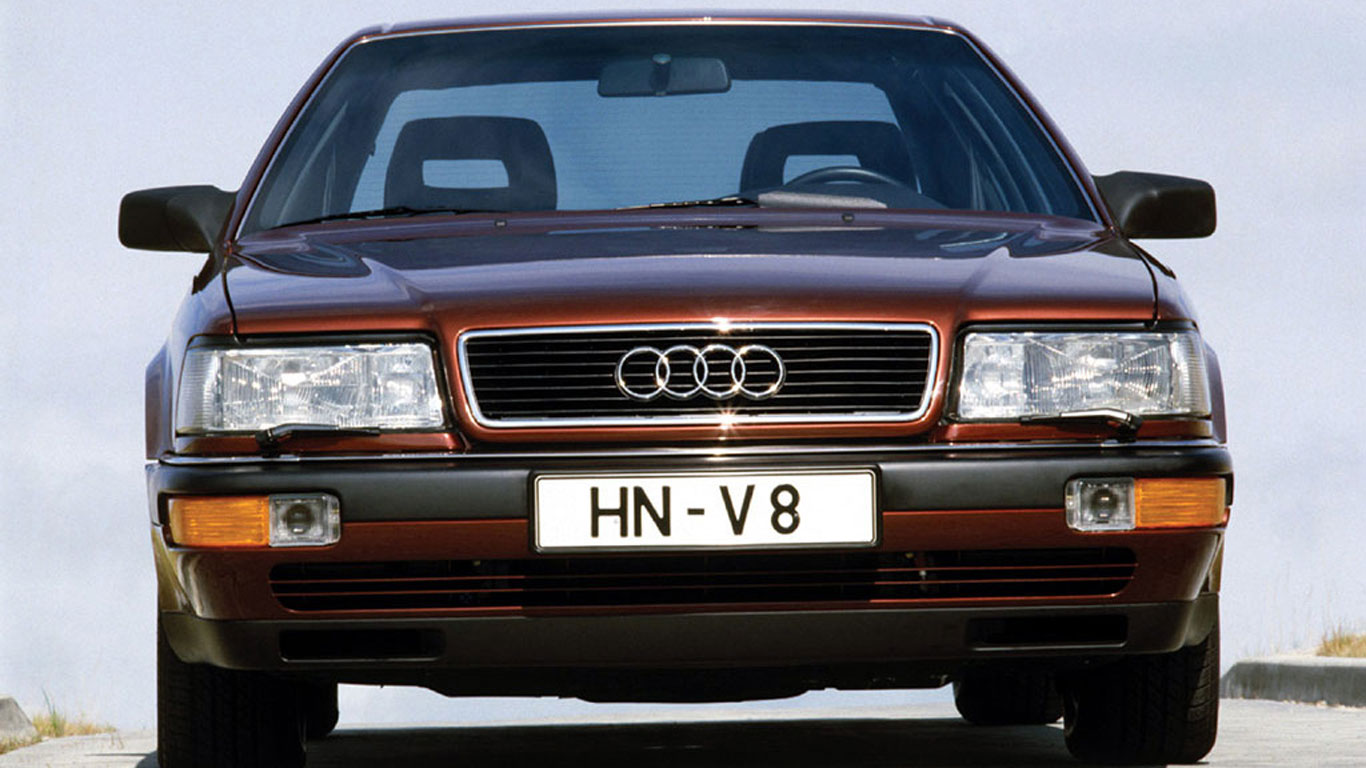
Audi V8 – 1993
© AudiThe Audi V8 represented a warning shot across the bows of Mercedes-Benz and BMW. Here was Ferdinand Piech telling his fellow Germans he wanted a slice of the premium pie. It was the first Audi to use a V8 engine and, although it wasn’t a commercial success, what came next would be…
-
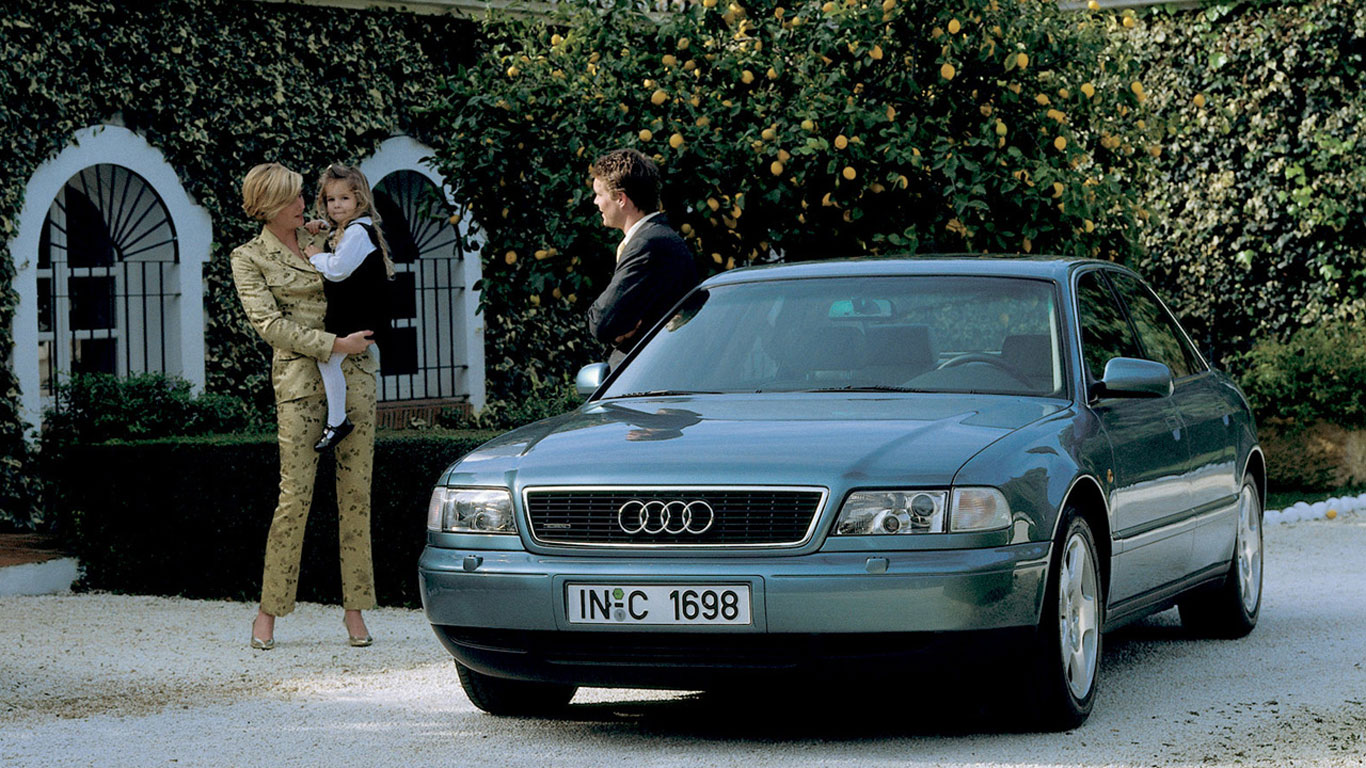
Audi A8 – 1994
© AudiWe’re talking about the Audi A8. Launched at the 1994 Geneva Motor Show, the A8 can trace its roots as far back as 1982, when Ferdinand Piech signed an agreement with the Aluminum Company of America to develop a lightweight premium vehicle. The Audi Space Frame concept was unveiled at the 1993 Frankfurt Motor Show and the rest is history.
-
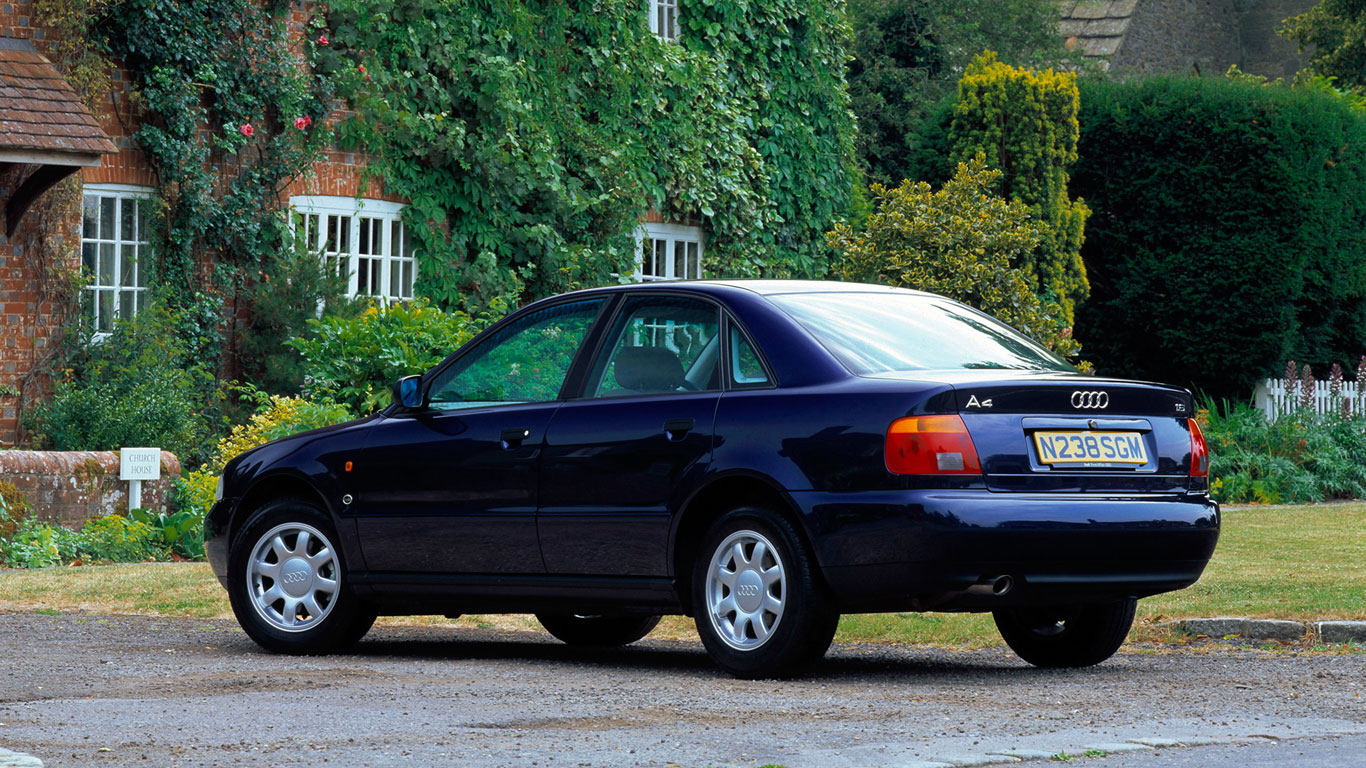
Audi A4 – 1994
© AudiOver 20 years after the launch of the Audi A4, we can see what a remarkable success the compact executive car has been. Its predecessor, the Audi 80, was perhaps a better engineered product, but the A4 would develop a wider-reaching appeal. Audi could now sit at the top table and play with the 3 Series and C-Class.
-
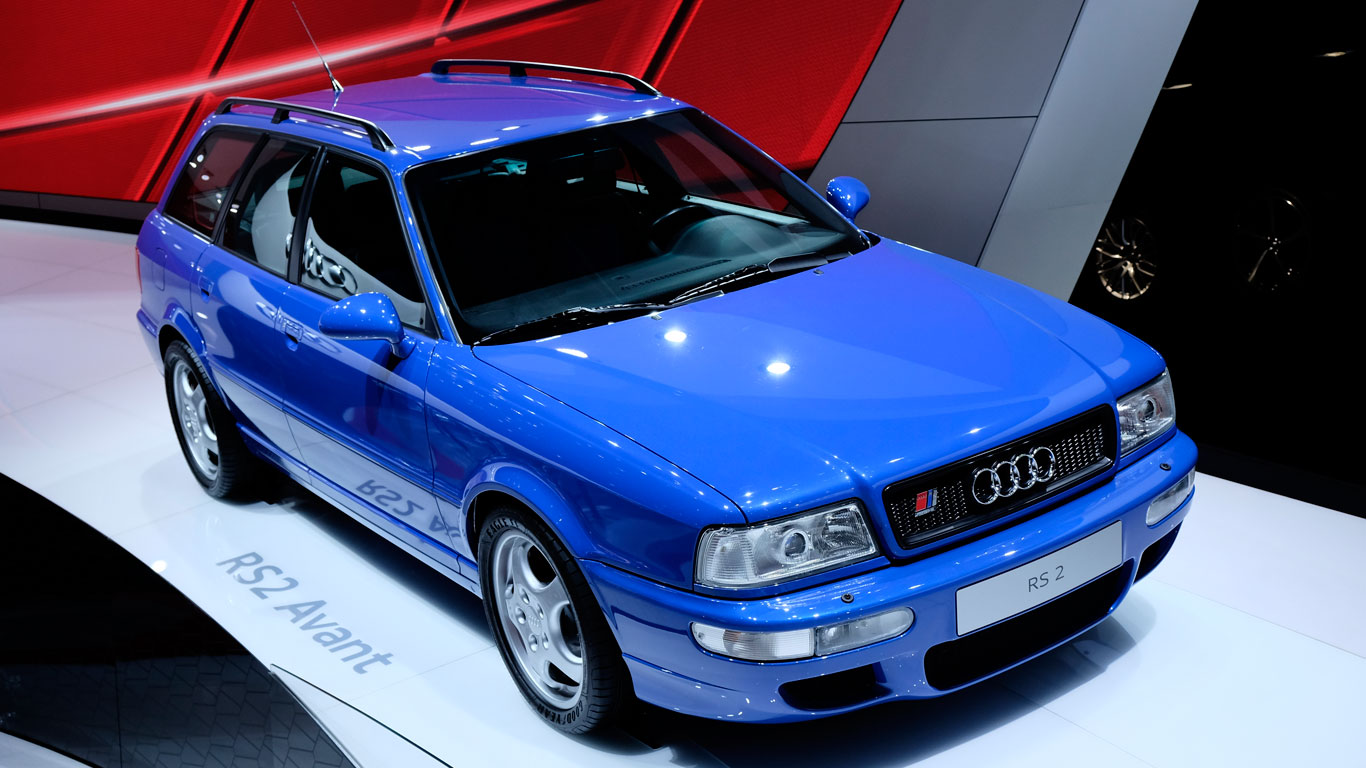
Audi RS2 – 1994
© AudiTalk about keeping it in the family. The Audi RS2 of 1994 was essentially part-Porsche, part-Audi, featuring the wonderful 2.2-liter five-cylinder engine, all-wheel drive, Porsche brakes and a Porsche suspension system. It was even assembled by Porsche in Zuffenhausen.
-
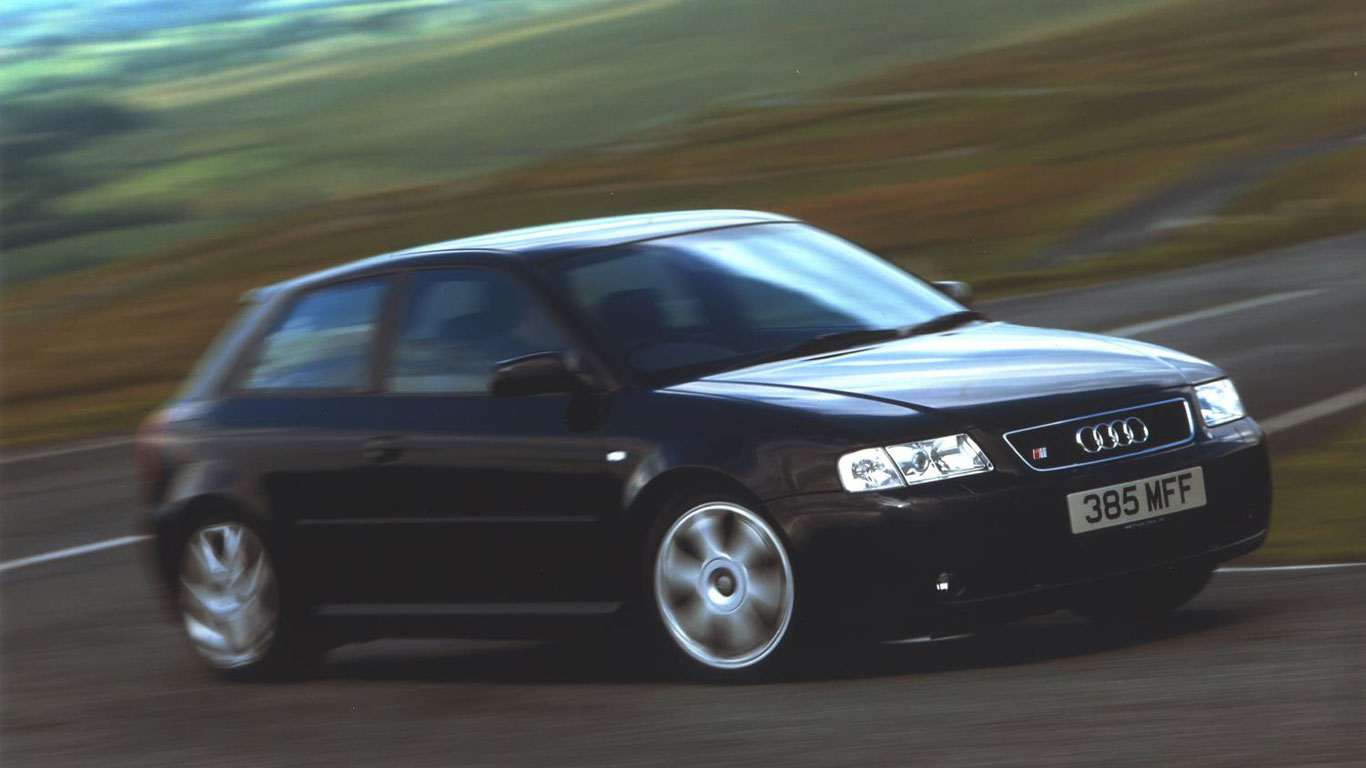
Audi A3 – 1996
© AudiIn an effort to cut costs and return Volkswagen to profit, Ferdinand Piech immediately started work on a platform-sharing strategy. The Audi A3 of 1996 was the first car to utilise the PQ34 platform, which would also see work as the basis for – among others – the TT, Golf, Beetle, Leon and Octavia. The A3 would become a top choice for image-conscious buyers, even sneaking into the top 10 European sales chart.
-
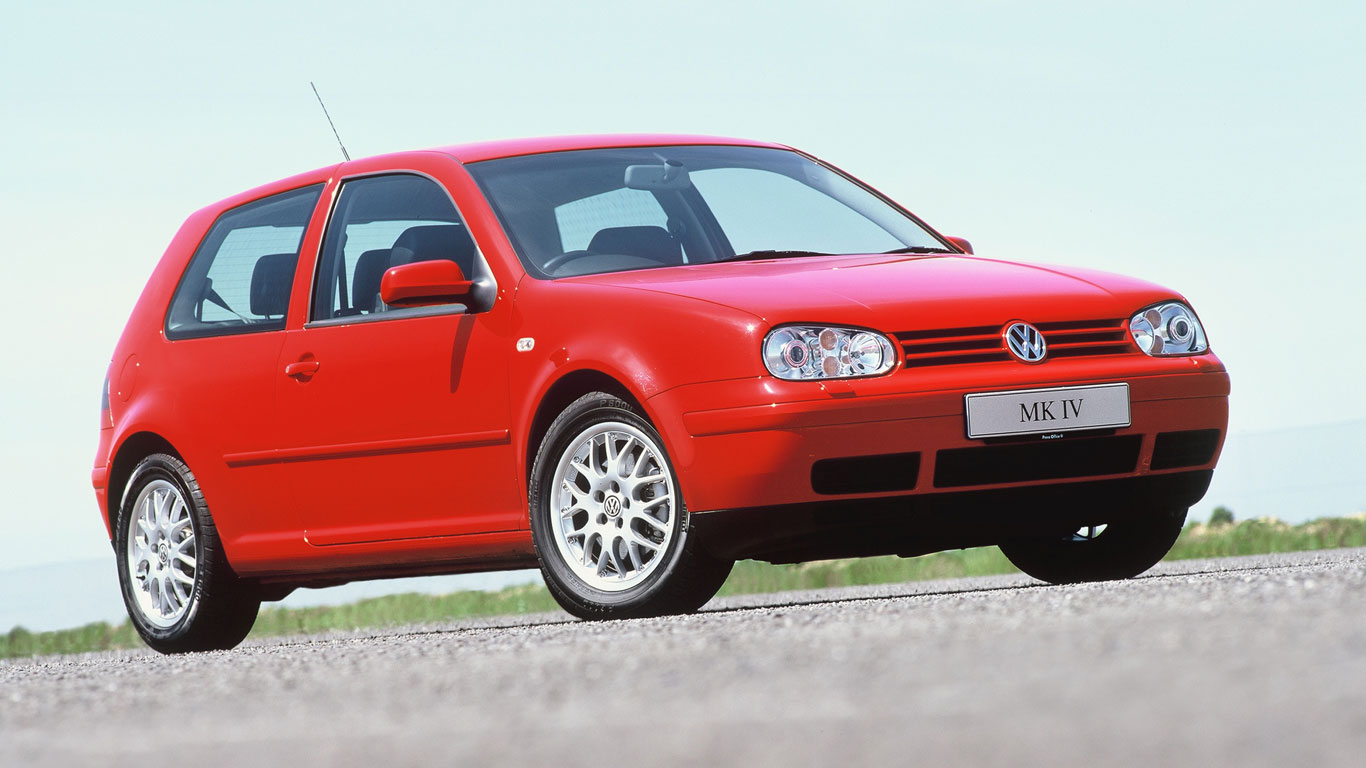
Volkswagen Golf Mk4 – 1997
© VolkswagenThe fourth generation Golf may not be the most illustrious vehicle on this list, but it’s certainly one of the most significant. Put aside the platform-sharing aspect for a moment, because the Mk4 represented a turning point for the Golf. Piech pushed it further upmarket, helping it to become the default choice in the sector.
-
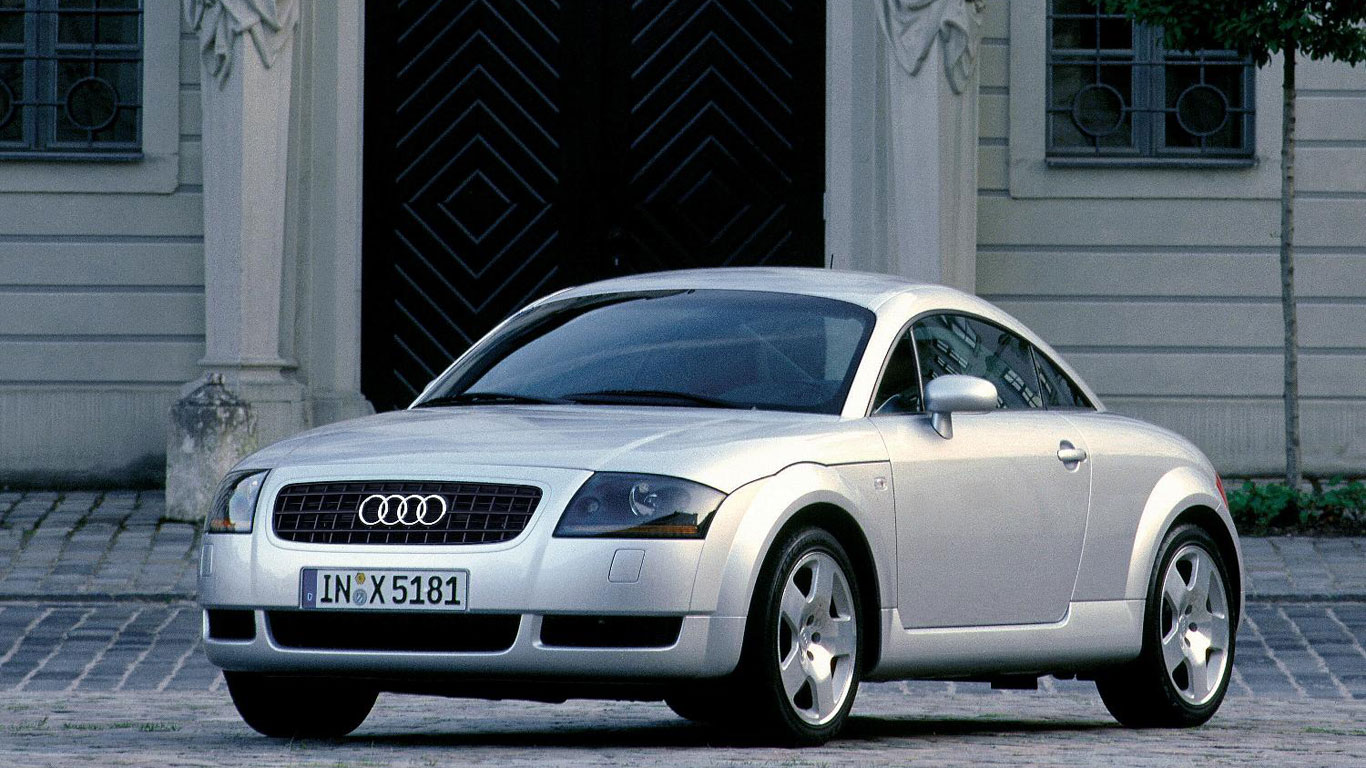
Audi TT – 1998
© AudiAs if to prove the flexibility of the PQ34 platform, Audi launched the TT in 1998. What it lacked in razor-sharp dynamics, it more than made up for in terms of design, style and showroom appeal. A star was born.
-
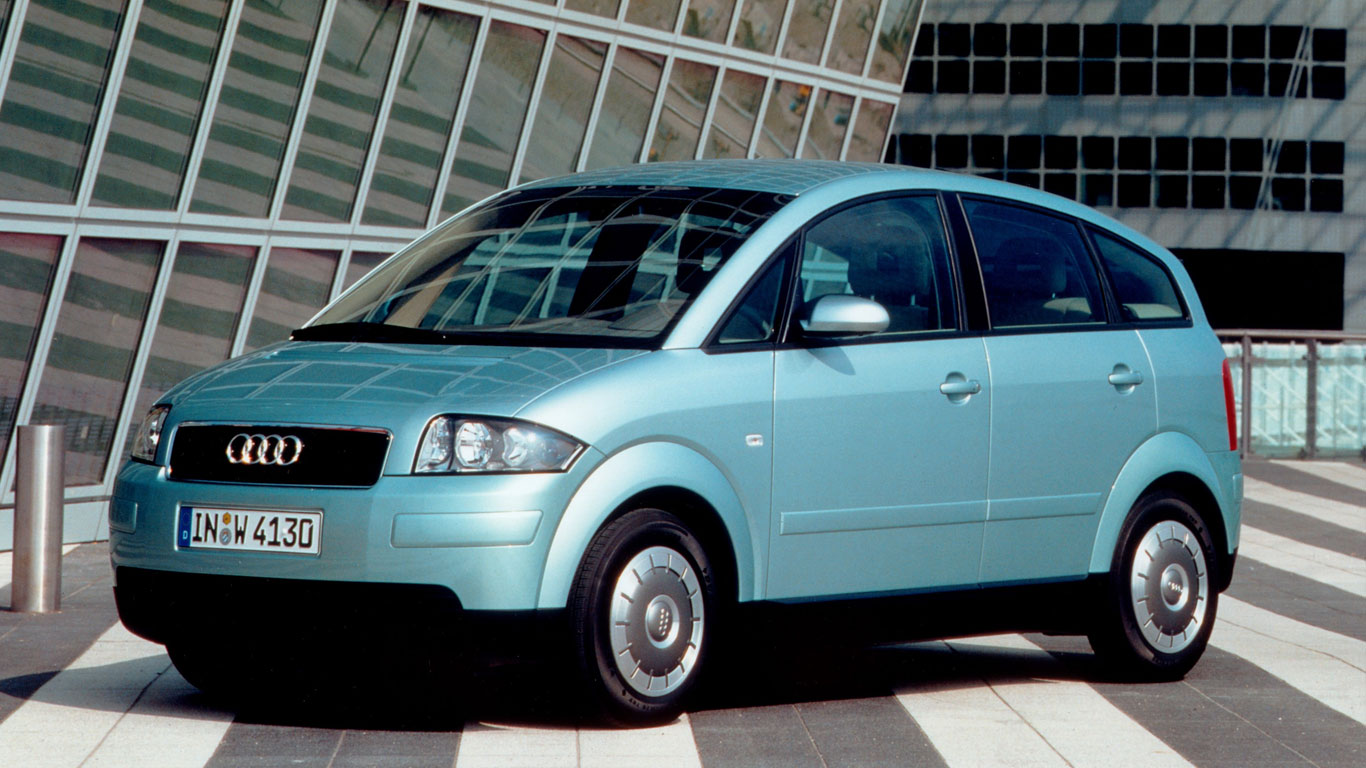
Audi A2 – 1999
© AudiIt seems unfair to call the A2 an unmitigated disaster for the Audi, but given the Volkswagen Group lost over $5,000 for every car sold and that it was completely trounced by the Mercedes A-Class in the sales chart, we probably have to say it was. In reality, it was way ahead of its time, featuring an aluminum construction and advanced aerodynamics. History will no doubt be kind to the A2.
-
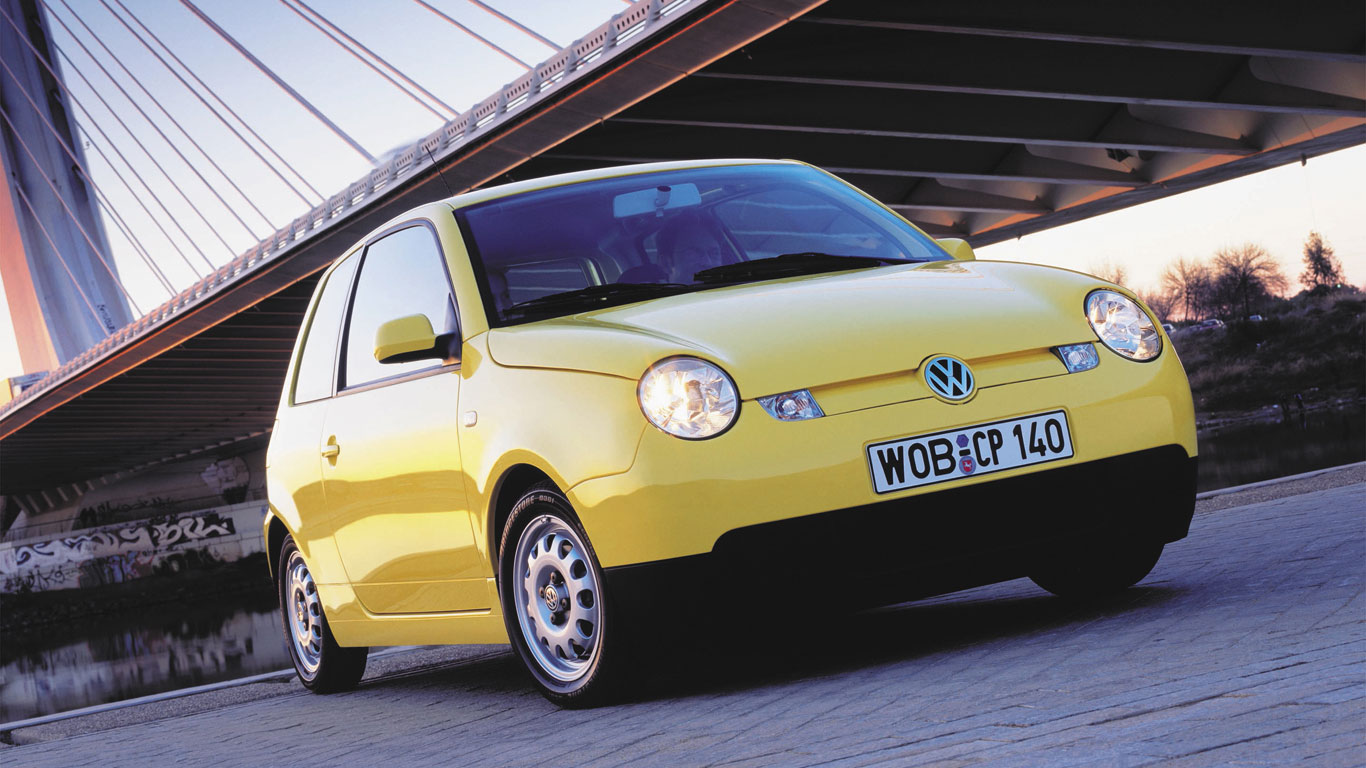
Volkswagen Lupo 3L TDI – 1999
© VolkswagenAround the same time, Volkswagen presented its own vision of the future, the Lupo 3L. Its name stems from it being the first production car to consume as little as three liters of fuel for every 100 kilometres driven, and it featured a 1.2-liter turbodiesel engine. Fuel-saving measures included the use of lightweight materials, engine start-stop, an automated gearbox and clutch, and improved aerodynamics.
-
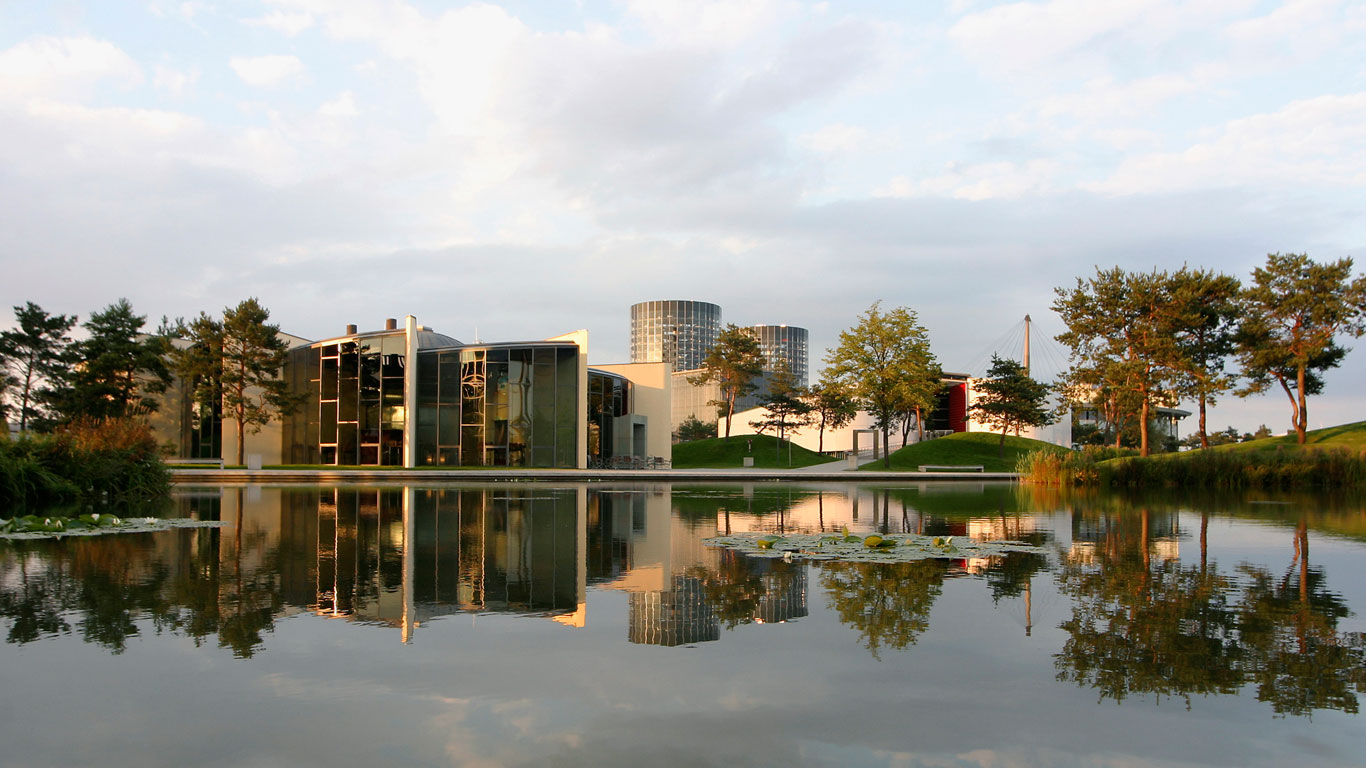
Wolfsburg Autostadt – 2000
© VolkswagenThe Wolfsburg Autostadt could be Ferdinand Piech’s legacy on Earth. It’s part-amusement park, part-factory and part-showroom. Hundreds of people a day visit the place to collect their new car and there are two massive automated car parks. It was completed in 2000.
-
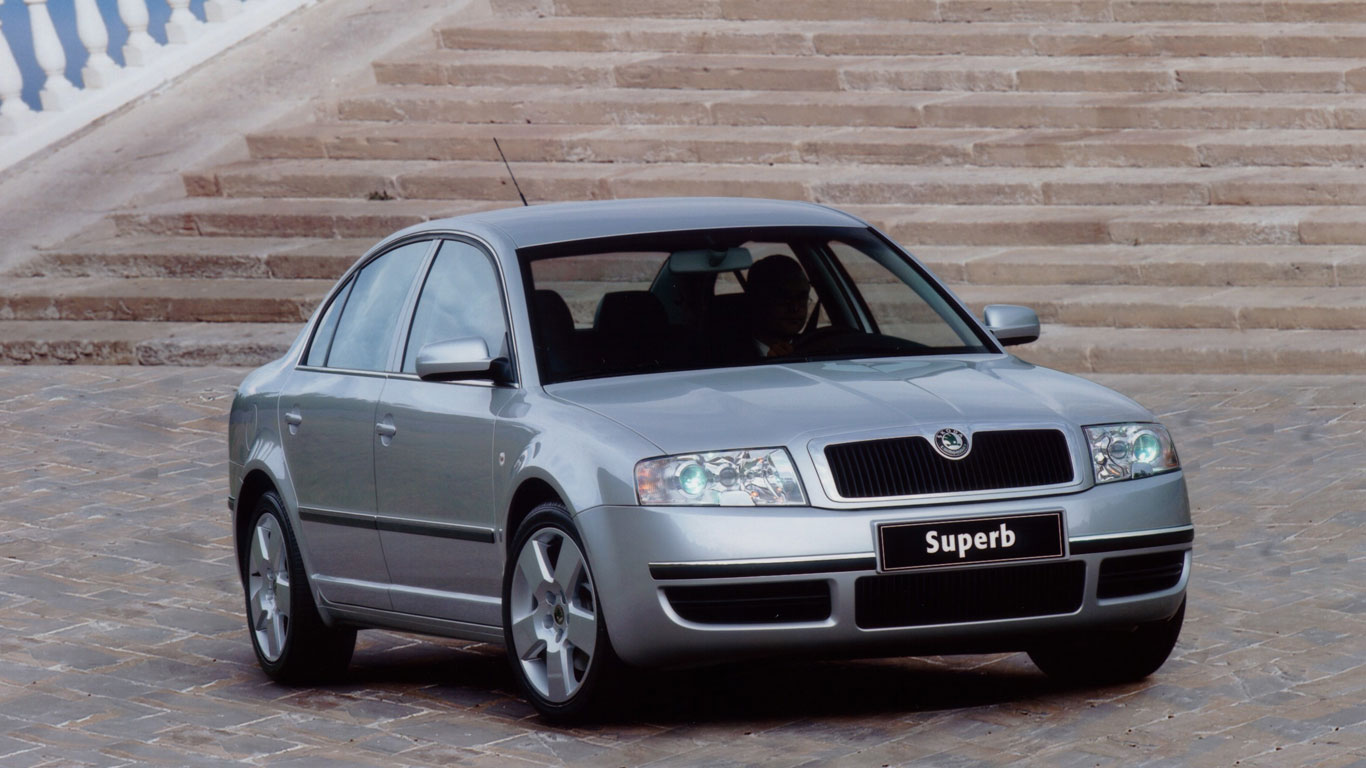
Skoda Superb – 2001
© SkodaAnother example of canny platform-sharing, the original Skoda Superb of 2001 was essentially a long-wheelbase Passat B5. Since then, the Superb has gone from strength to strength and is now on to its third generation. A premium car delivered by the value-led arm of Volkswagen; it shouldn’t work, but it does.
-
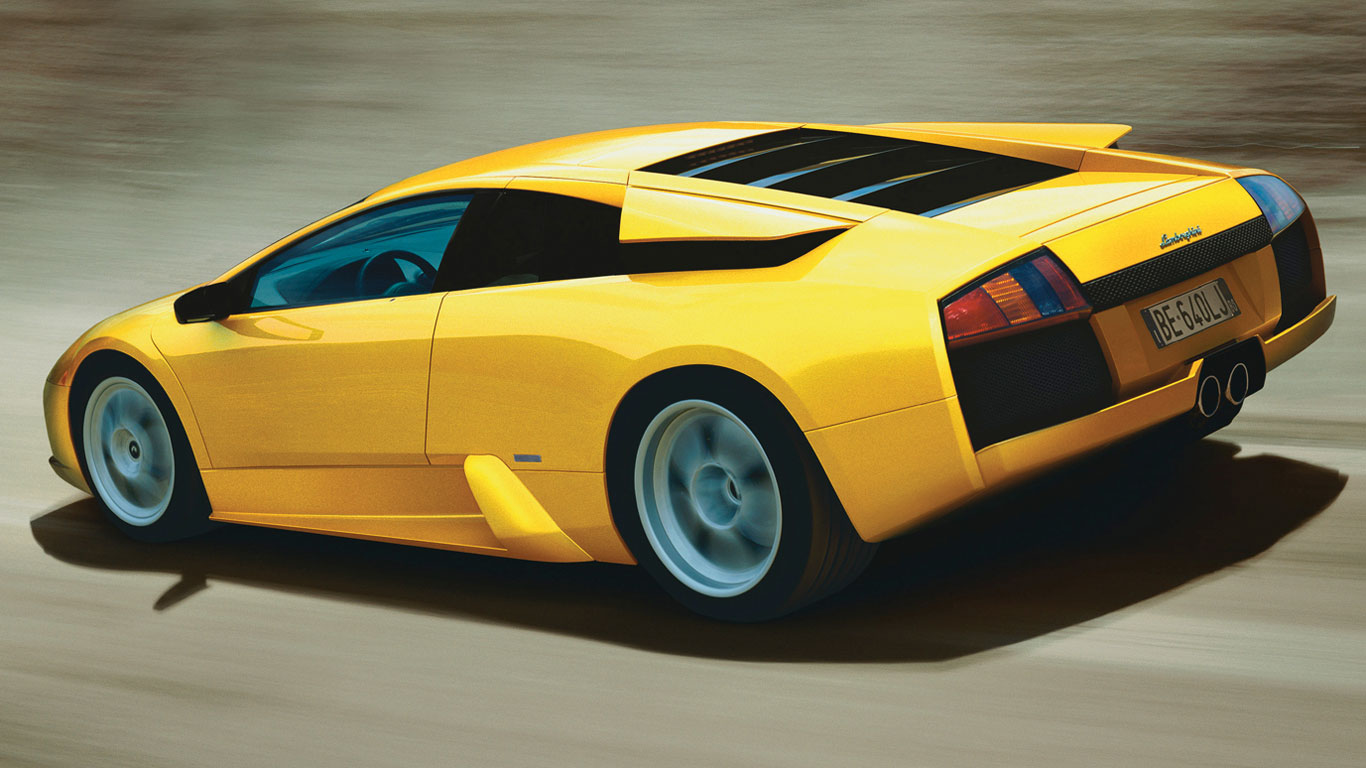
Lamborghini Murcielago – 2001
© LamborghiniIn 1998, Audi took over the reigns at Lamborghini and three years later the first car of the new regime was delivered. And what a way to make an introduction. The Murcielago would enjoy a near 10-year production life, selling over 4,000 units and spawning a number of special editions. A V12 legend.
-
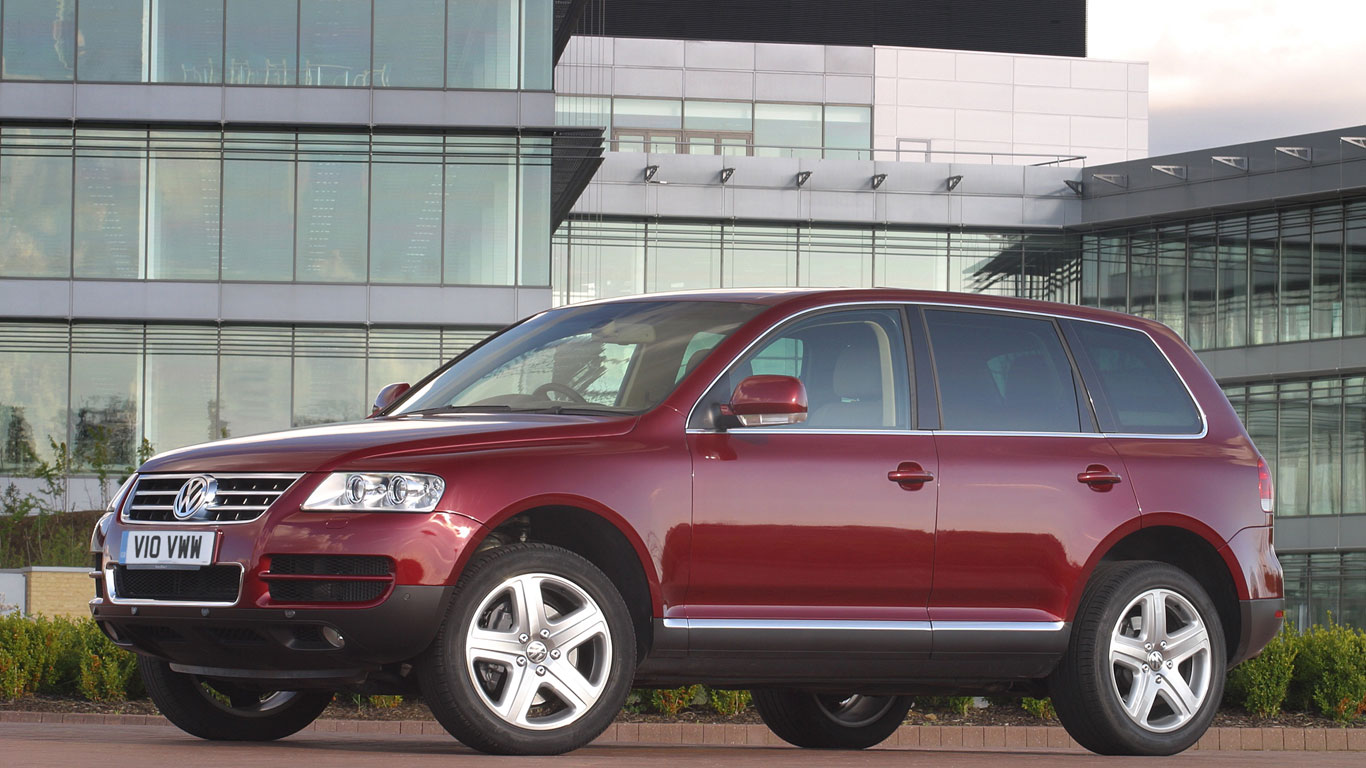
Volkswagen Touareg – 2002
© VolkswagenThe Touareg of 2002 heralded Volkswagen’s debut in the burgeoning SUV sector. Volkswagen turned to Porsche for help, as it wanted to deliver an off-road vehicle with the performance of a sports car. More platform sharing was in evidence, as underneath you’ll find the same underpinnings as the Porsche Cayenne and Audi Q7.
-
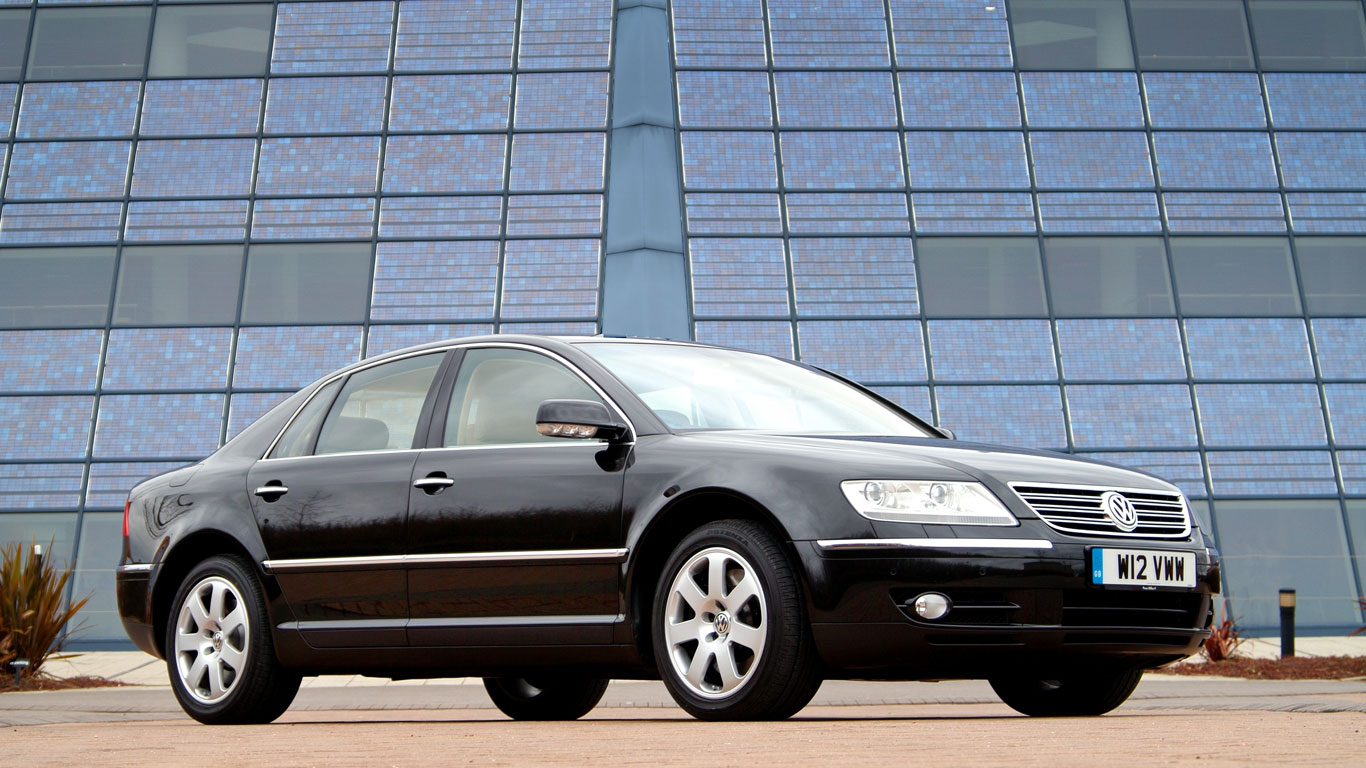
Volkswagen Phaeton – 2002
© VolkswagenFerdinand Piech has gone on record as saying the Phaeton is one of his greatest achievements. Many would disagree, arguing that such an expensive vehicle is a stretch too far for a brand like Volkswagen. The disappointing sales figures would certainly give credibility to this claim. Only a strong performance in China has stopped the Phaeton from being a total disaster.
-
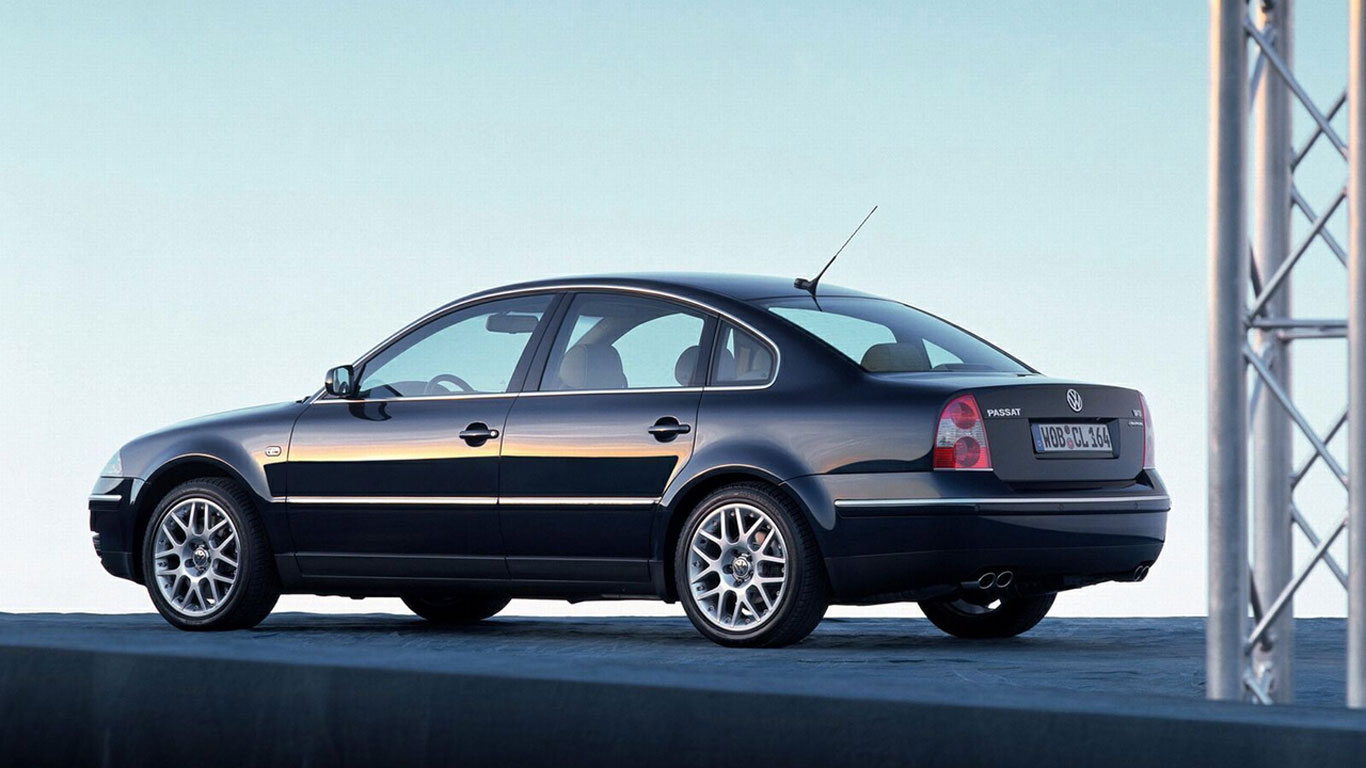
Volkswagen Passat W8 – 2002
© VolkswagenAnd talking of disasters. The Volkswagen Passat W8 must surely go down as one of the strangest cars ever to emerge from Germany. On the face of it, a 4.0-liter eight-cylinder Passat would appear to be the ultimate sleeper. Sadly it produced a mere 275hp, looked far too tame for most buyers and cost in excess of $40,000. We still want one, mind.
-
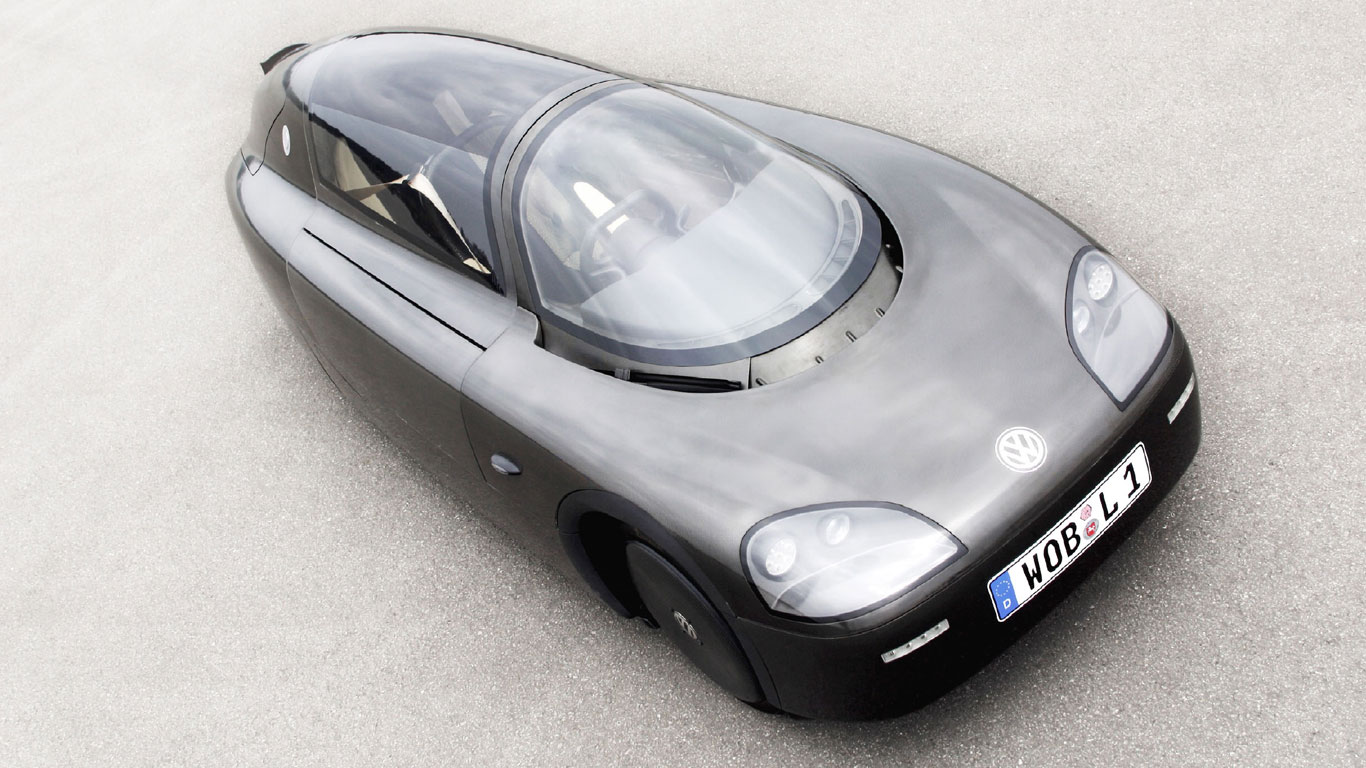
Volkswagen 1-Liter Concept – 2002
© VolkswagenFerdinand Piech liked the 1-liter concept car so much, he drove the car from Wolfsburg to Hamburg to attend a meeting of stockholders. It was the forerunner to the XL1, where two people sat in tandem in a car weighing just 660lb. Its name stemmed from an ability to sip fuel at a rate of one liter per 100 kilometres, or well over 200mpg.
-
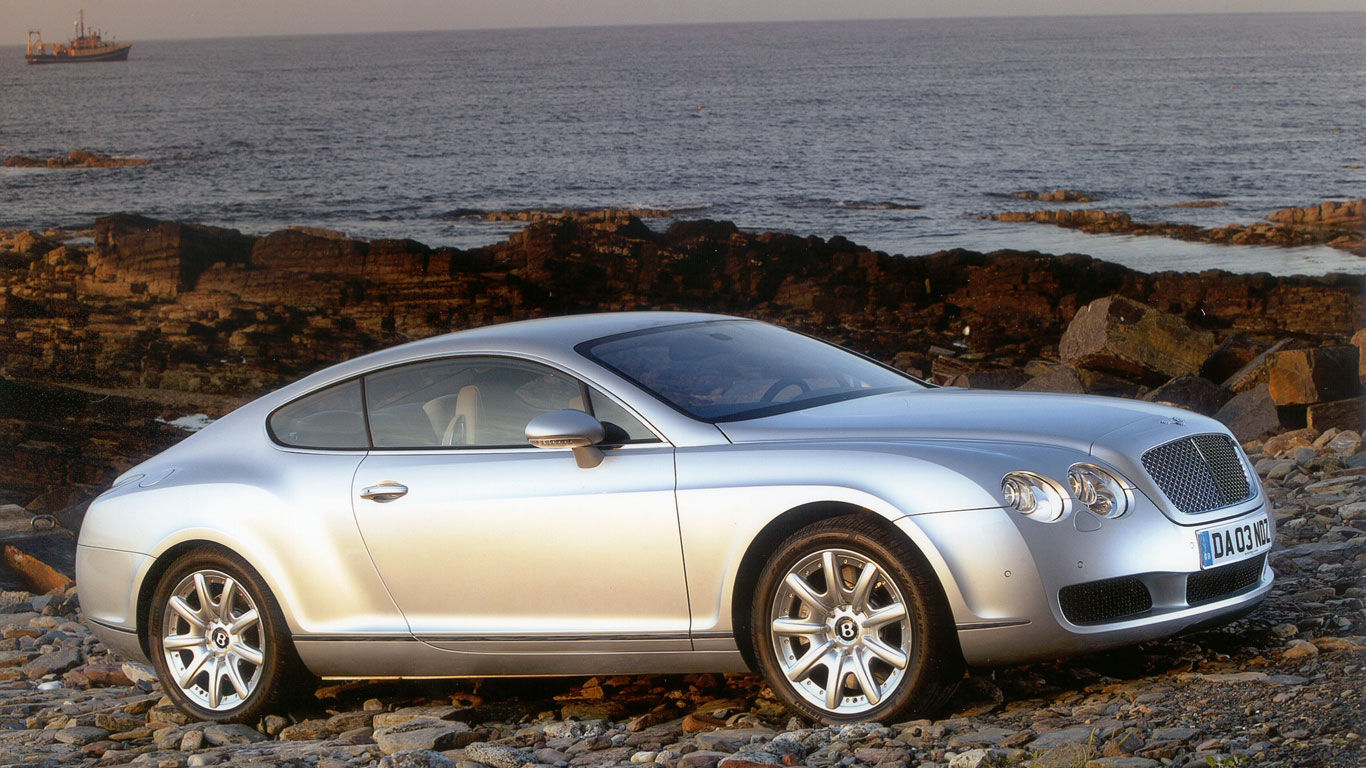
Bentley Continental GT – 2003
© BentleyIt might be easy to mock Piech for the perceived failure of the Phaeton, but the success of the Bentley Continental GT proves that his platform-sharing strategy was paying dividends. Sure, it’s a Phaeton underneath, but the Continental GT somehow manages to retain the unique essence of Bentley.
-
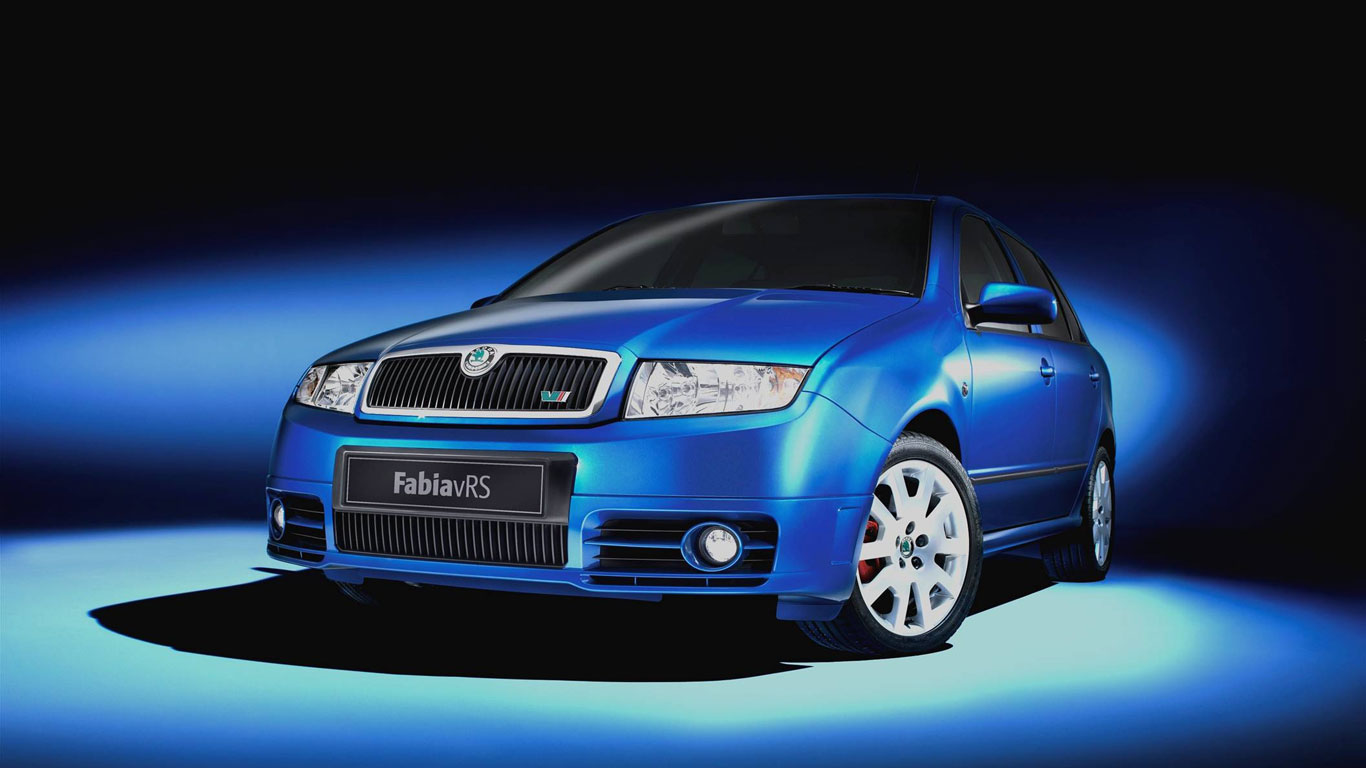
Skoda Fabia vRS – 2003
© SkodaThe Skoda Fabia vRS, with its 1.9-liter turbodiesel engine, was the first diesel-engined hot hatch to capture the public’s imagination. It also helped to open up the Skoda brand to a new group of buyers.
-
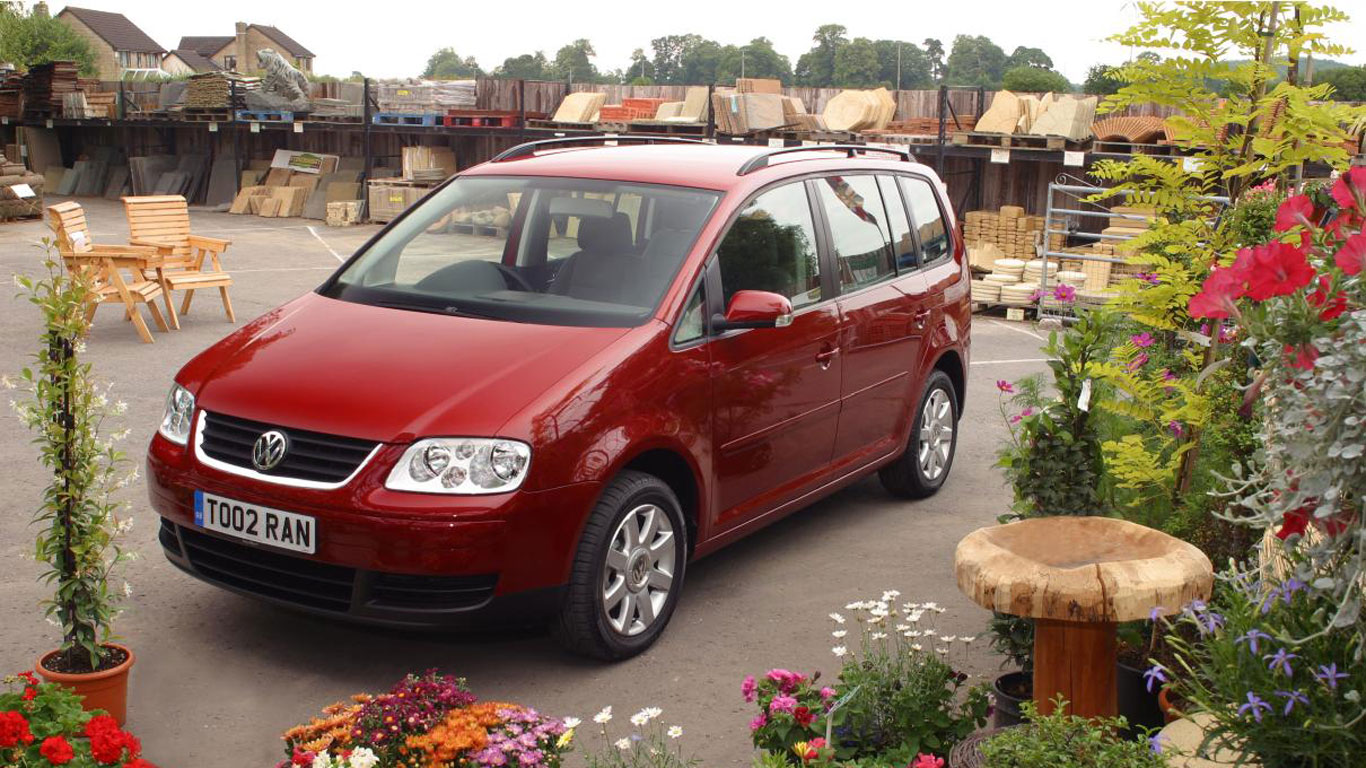
Volkswagen Touran – 2003
© VolkswagenThe Touran is hardly exciting, but it does provide a strong bedrock of sales for Volkswagen in Europe. It provides space for five or seven people and is utterly inoffensive to drive.
-
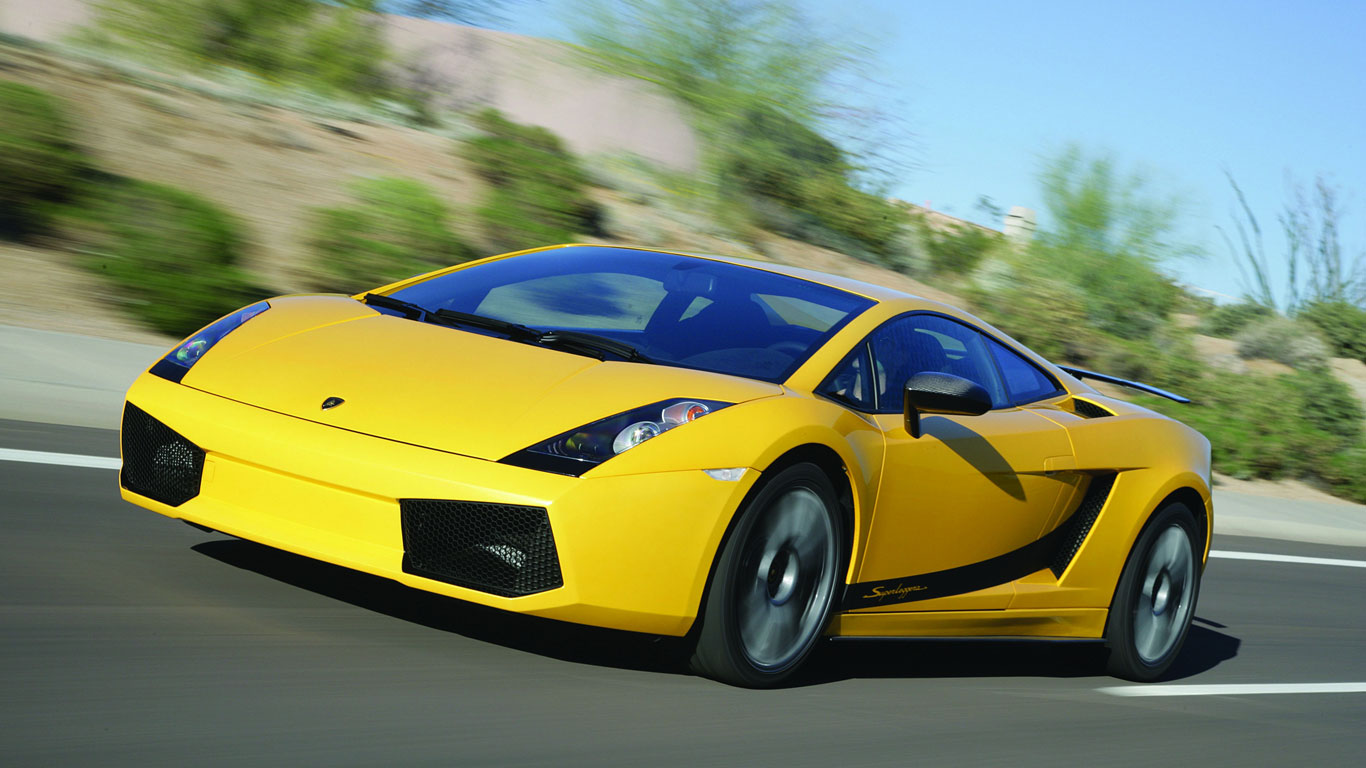
Lamborghini Gallardo – 2003
© LamborghiniThe Lamborghini Gallardo of 2003 represented a massive shift for the Italian firm. Put aside the platform-sharing for a moment (more on that later), because the Gallardo propelled Lamborghini into the big league. Over 14,000 were built, an astonishing figure for a company more experienced with sales figures in the hundreds.
-
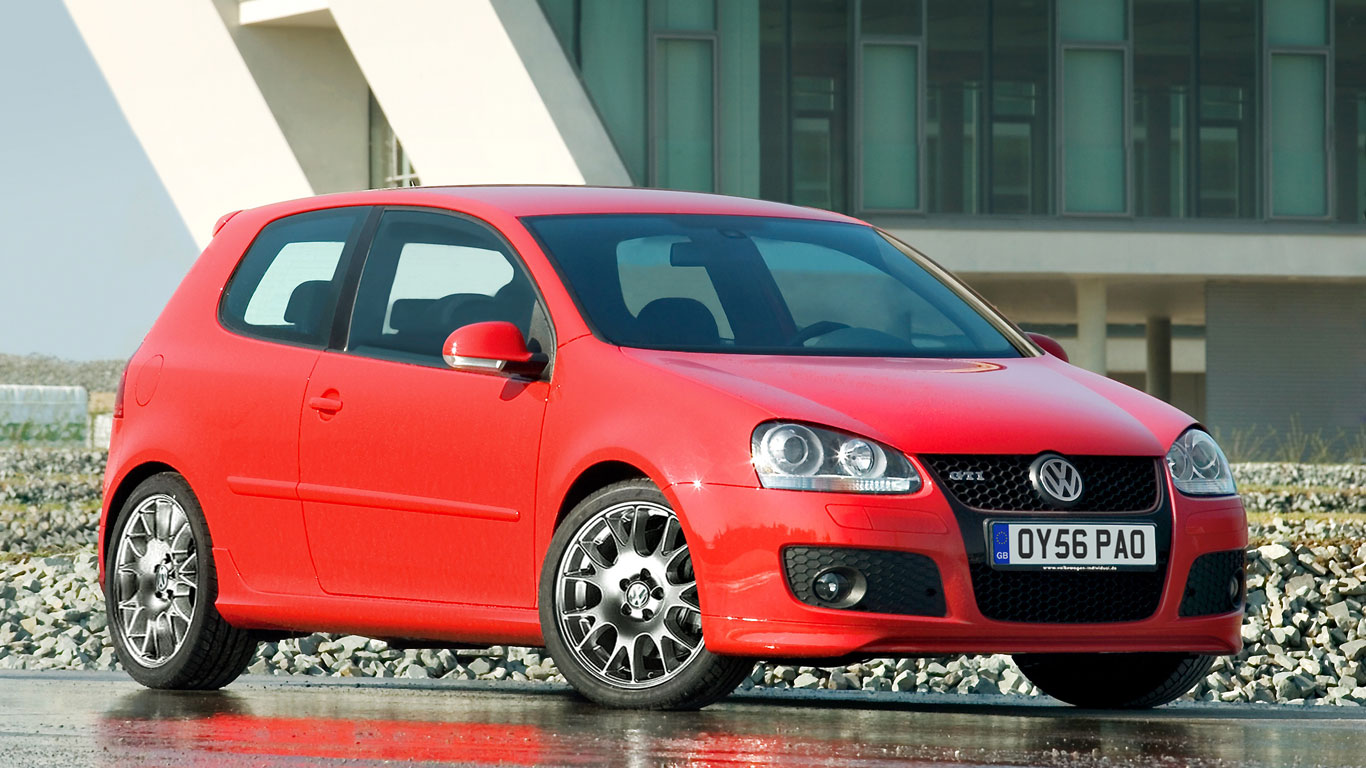
Volkswagen Golf GTI Mk5 – 2004
© VolkswagenWhy is the Mk5 Golf GTI particularly significant? Because it recaptured the magic of the early cars. The Golf GTI hasn’t looked back since.
-
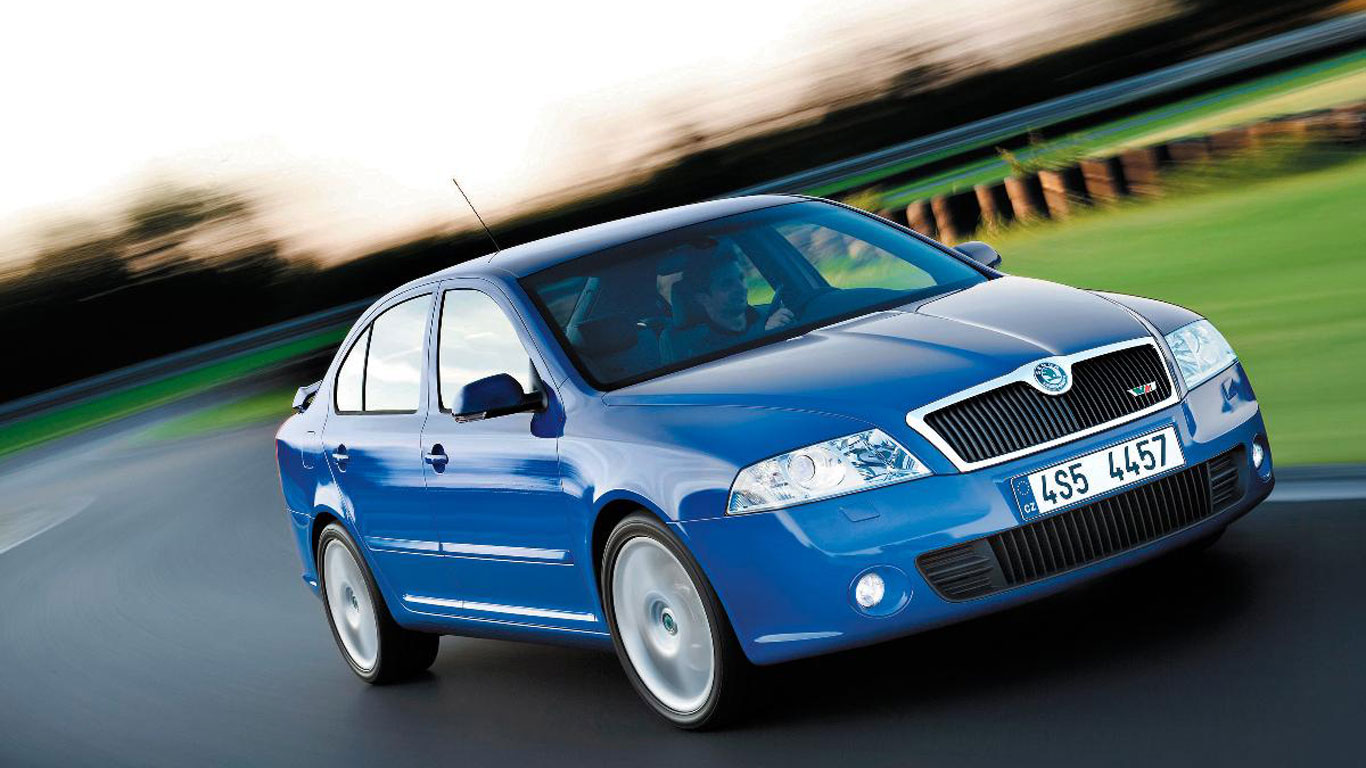
Skoda Octavia vRS
© SkodaThe first generation Skoda Octavia vRS almost went by unnoticed, but the second version changed all that. Part of its success was down to the introduction of a diesel version, meaning fleet buyers could afford to run the more practical version of the Golf GTI.
-
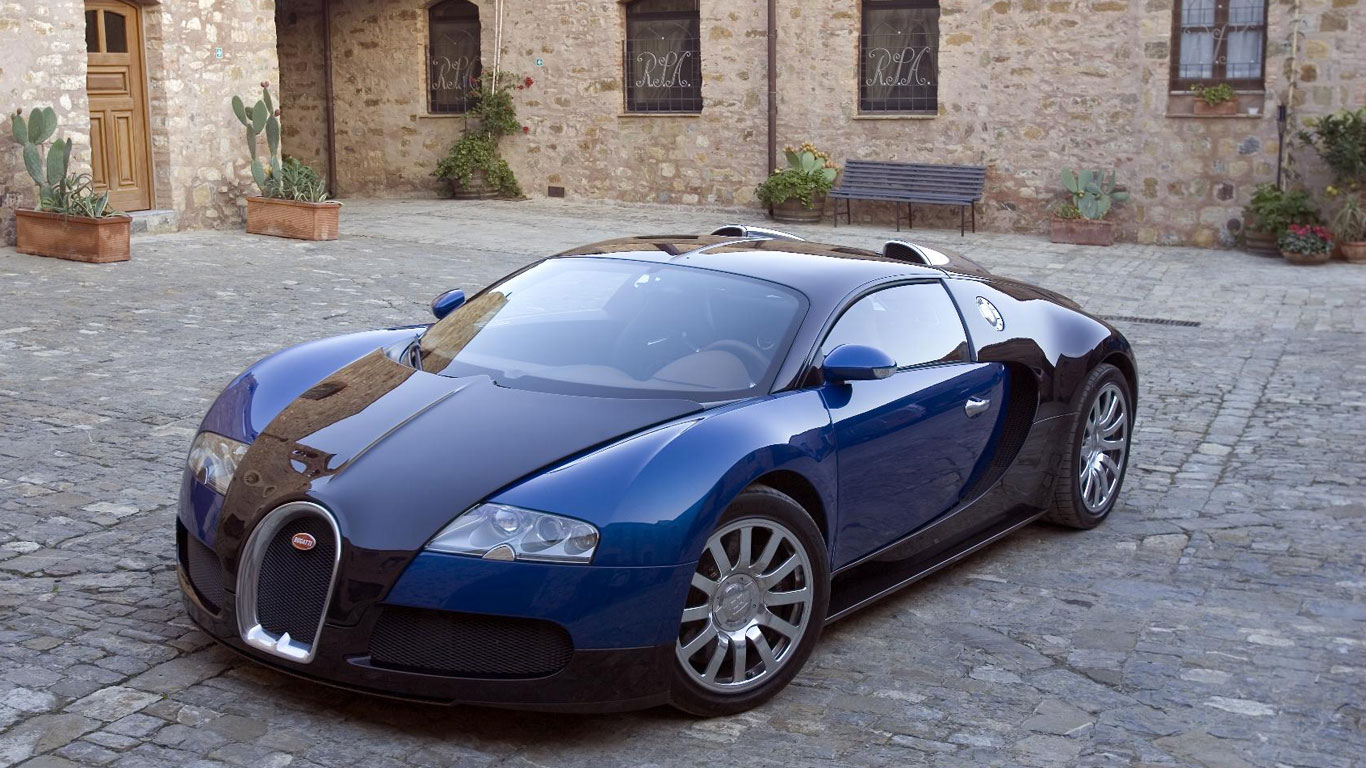
Bugatti Veyron – 2005
© BugattiAh yes, the Bugatti Veyron. Volkswagen purchased Bugatti in 1998 and immediately set to work developing a range of concept cars that would culminate in the 1000hp Veyron. In 2005, the 16.4 became the world’s fastest car, clocking 253.81mph. In 2010, the Super Sport eclipsed that by traveling at 267.857mph.
-
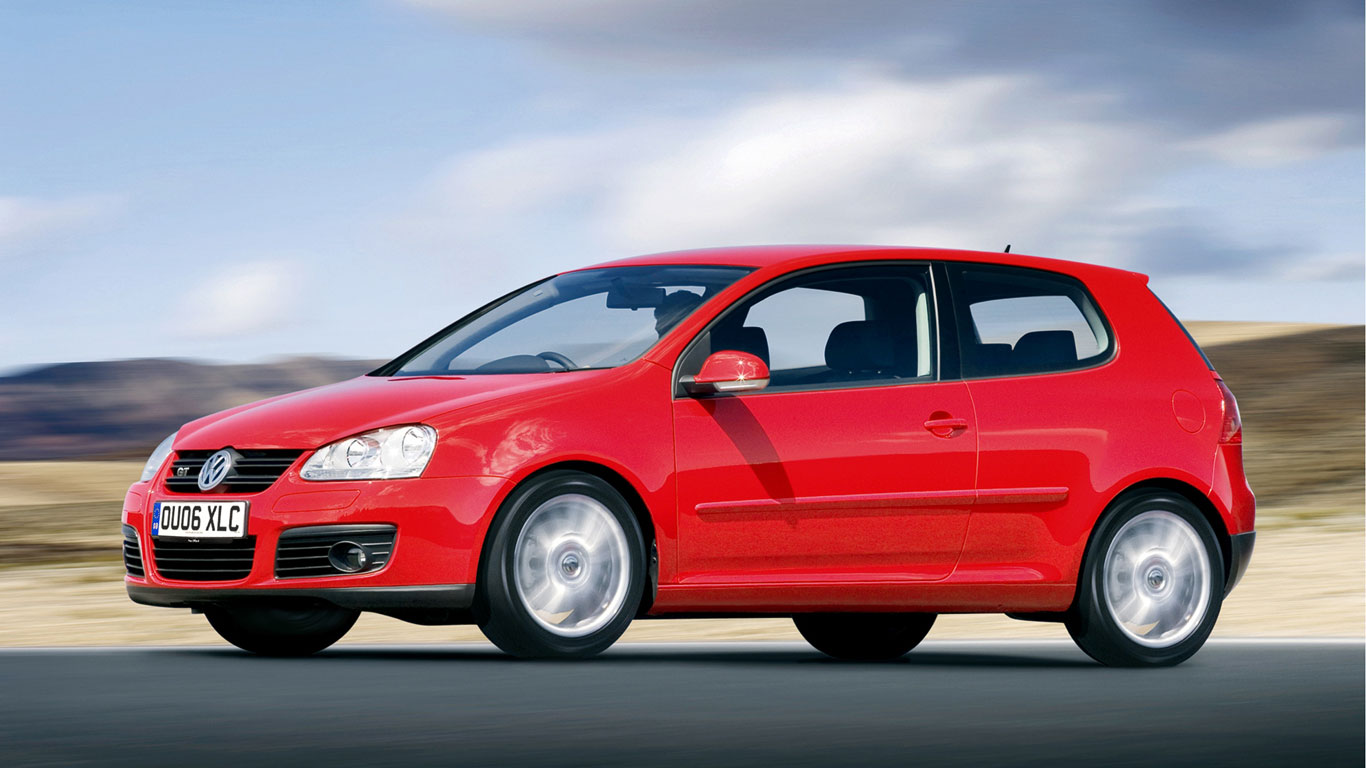
Volkswagen Golf GT TSI – 2005
© VolkswagenIn 2005, Volkswagen unveiled the TSI version of its 1.4-liter engine. By using a turbocharger and a supercharger, the unit manages to combine excellent economy with brisk performance.
-
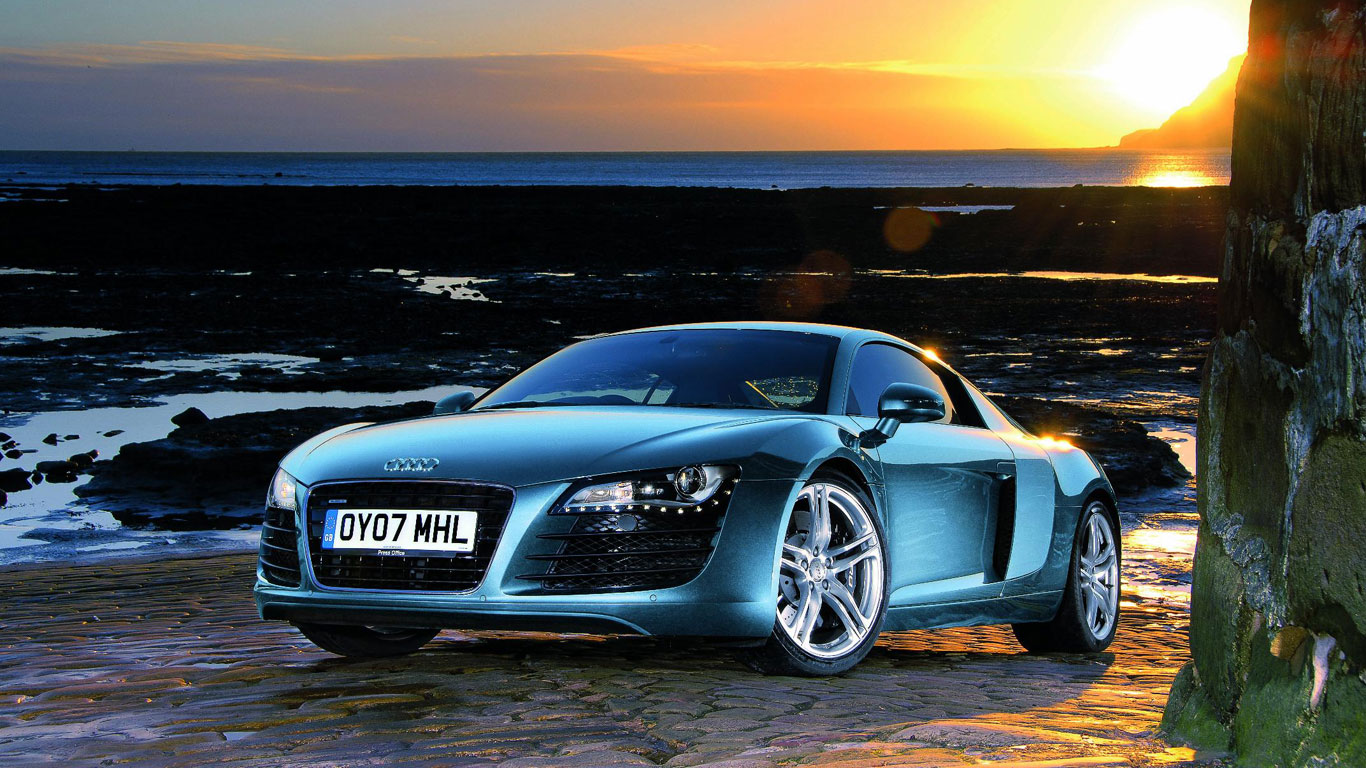
Audi R8 – 2007
© AudiFour years after the launch of the Gallardo, Audi unveiled the R8. The transformation from German also-rans to big league player was pretty much complete. Everyone from football players to rappers and lottery winners to film stars wanted to be seen in an R8. And they still do today.
-
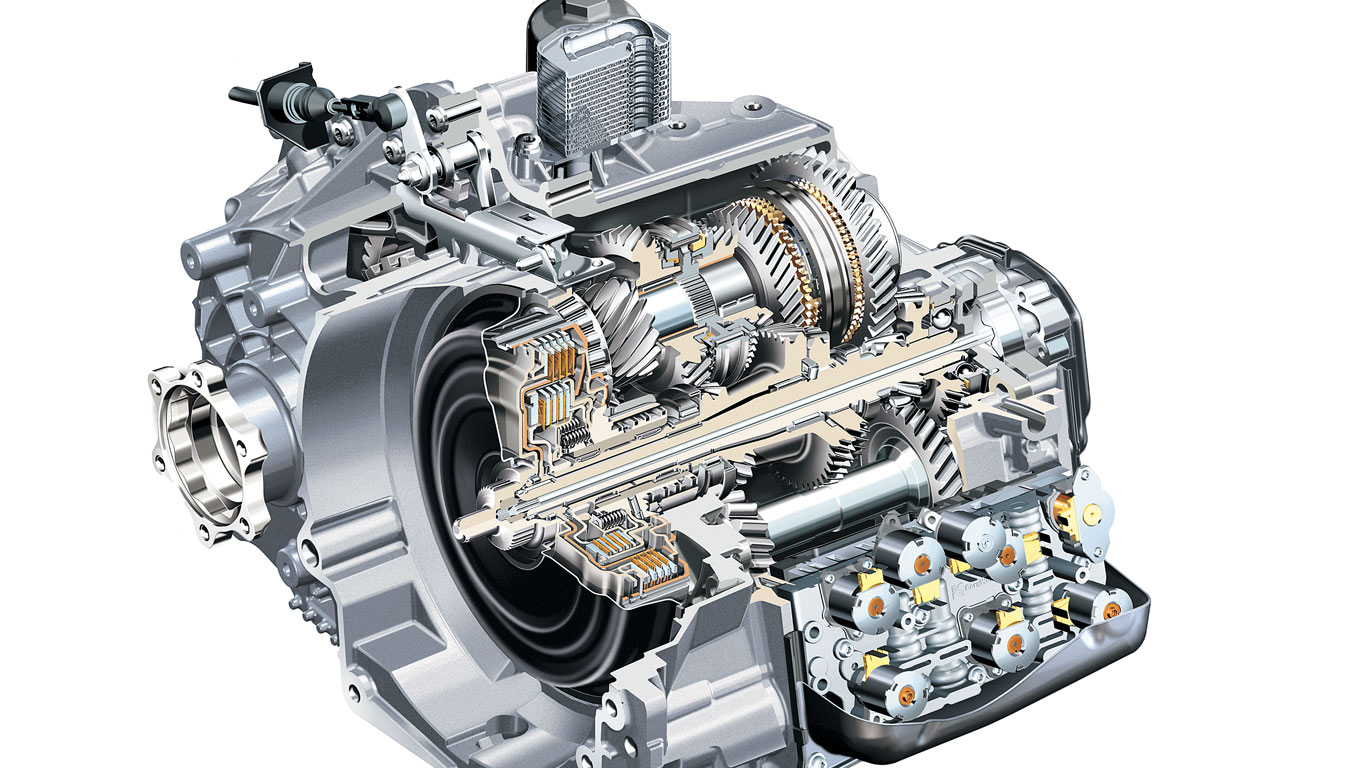
Volkswagen Group 7-speed DSG – 2007
© VolkswagenIn 2007, Volkswagen claimed a world-first with the launch of the 7-speed DSG dual-clutch gearbox. The smooth-shifting transmission would go on to be used in cars across the Volkswagen Group.
-
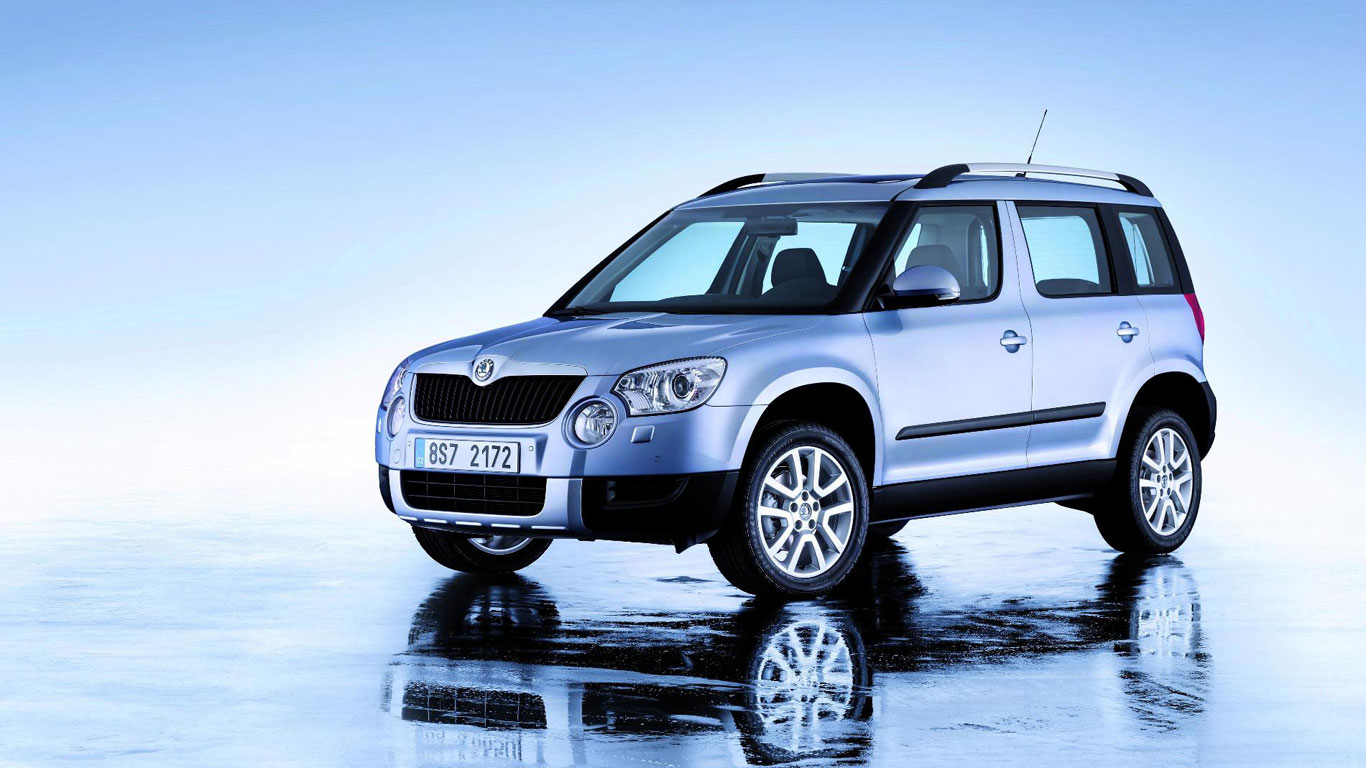
Skoda Yeti – 2009
© SkodaThe 20-minute feature on Top Gear may have helped, but the success of the Skoda Yeti couldn’t have been predicted. It somehow manages to pack more character than the Volkswagen Tiguan it is based on and at one point there was a nine-month waiting list for the quirky SUV.
-
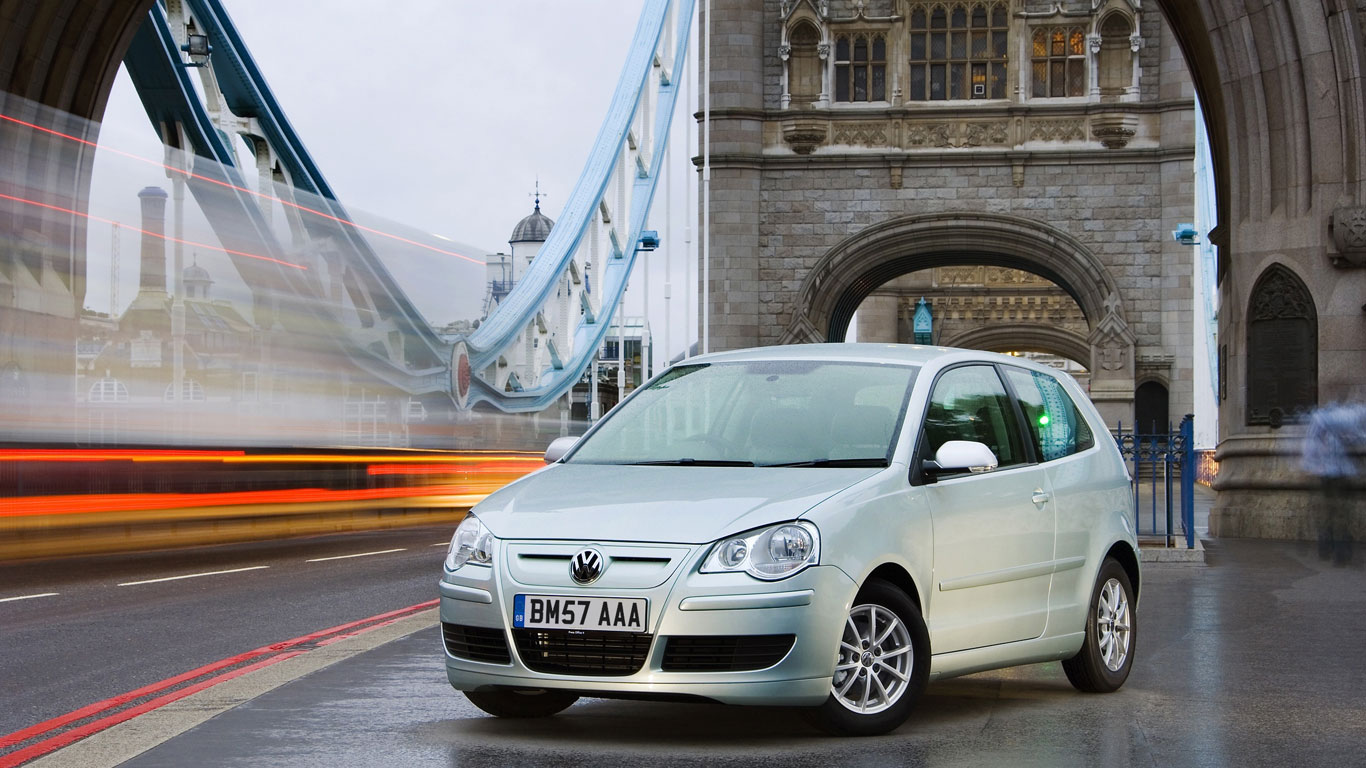
Volkswagen Polo Mk5 BlueMotion
© VolkswagenWho needs an electric car or hybrid when a diesel engine can produce figures like this? The MK5 Volkswagen Polo BlueMotion offered CO2 emissions of just 91g/km and claimed fuel economy of 80.7mpg. Remarkable.
-
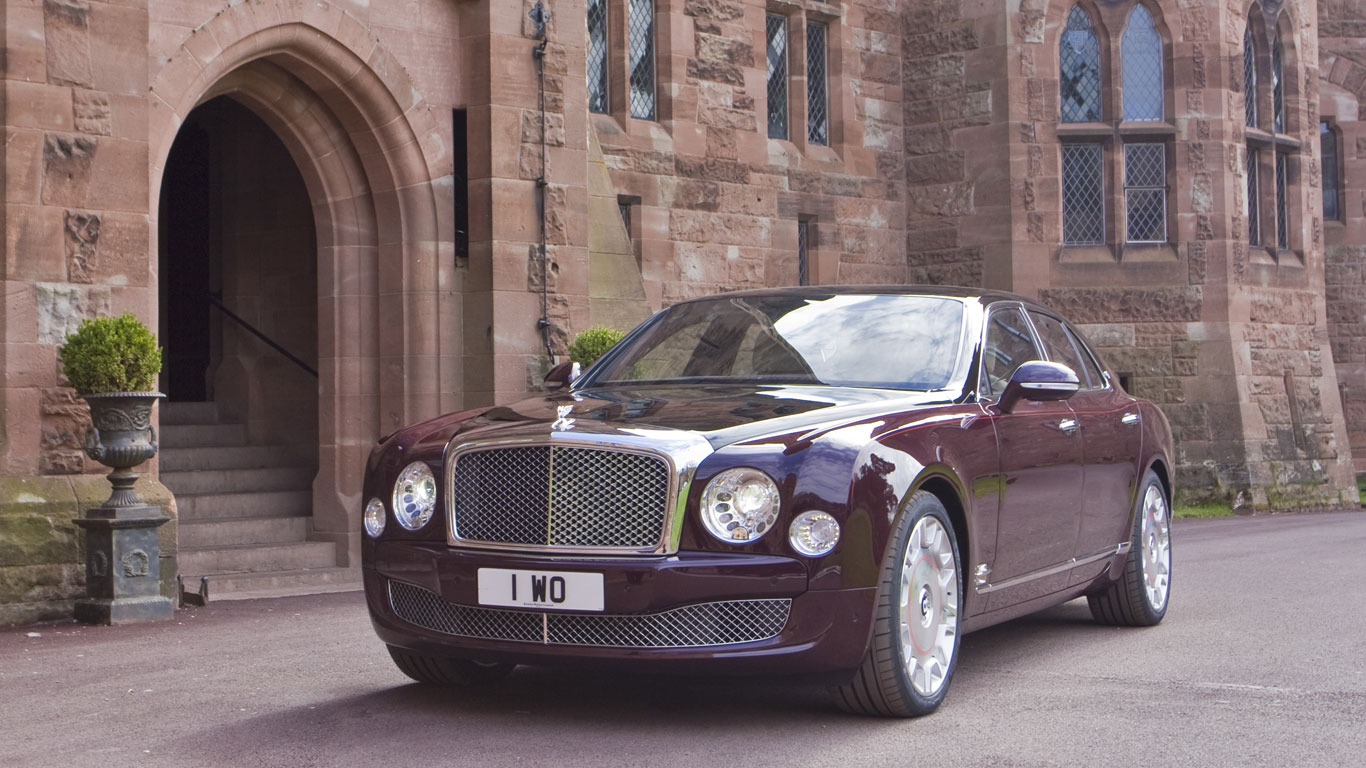
Bentley Mulsanne – 2010
© BentleyAnother Bentley delivered under the reign of Ferdinand Piech – the Mulsanne. It’s not the best luxury car in the world, but it has a huge amount of appeal.
-
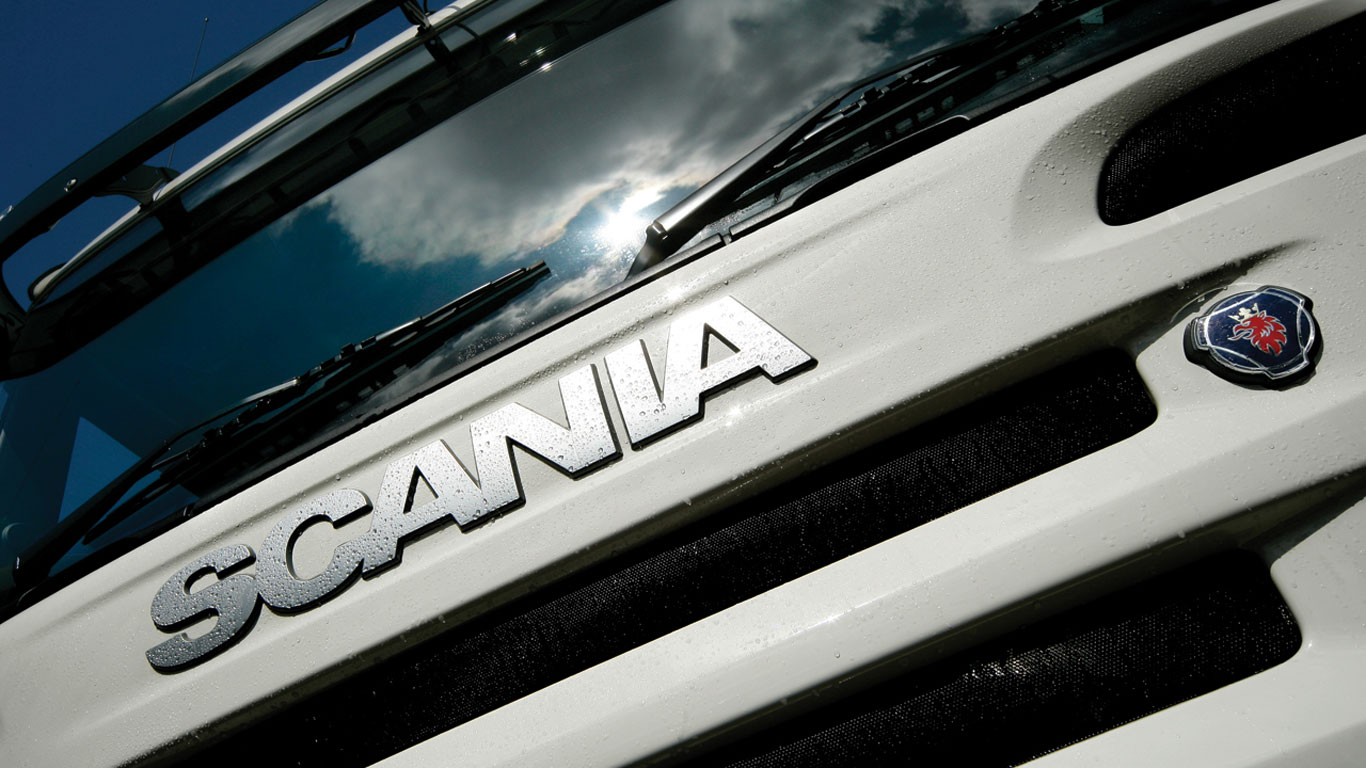
Scania R-Series – 2010
© ScaniaBy increasing its share to 70.9 percent in 2008, Volkswagen swallowed the Swedish truck maker, Scania. The R-Series range of trucks is considered to be amongst the best in the world, picking up the International Truck of the Year award in 2010.
-
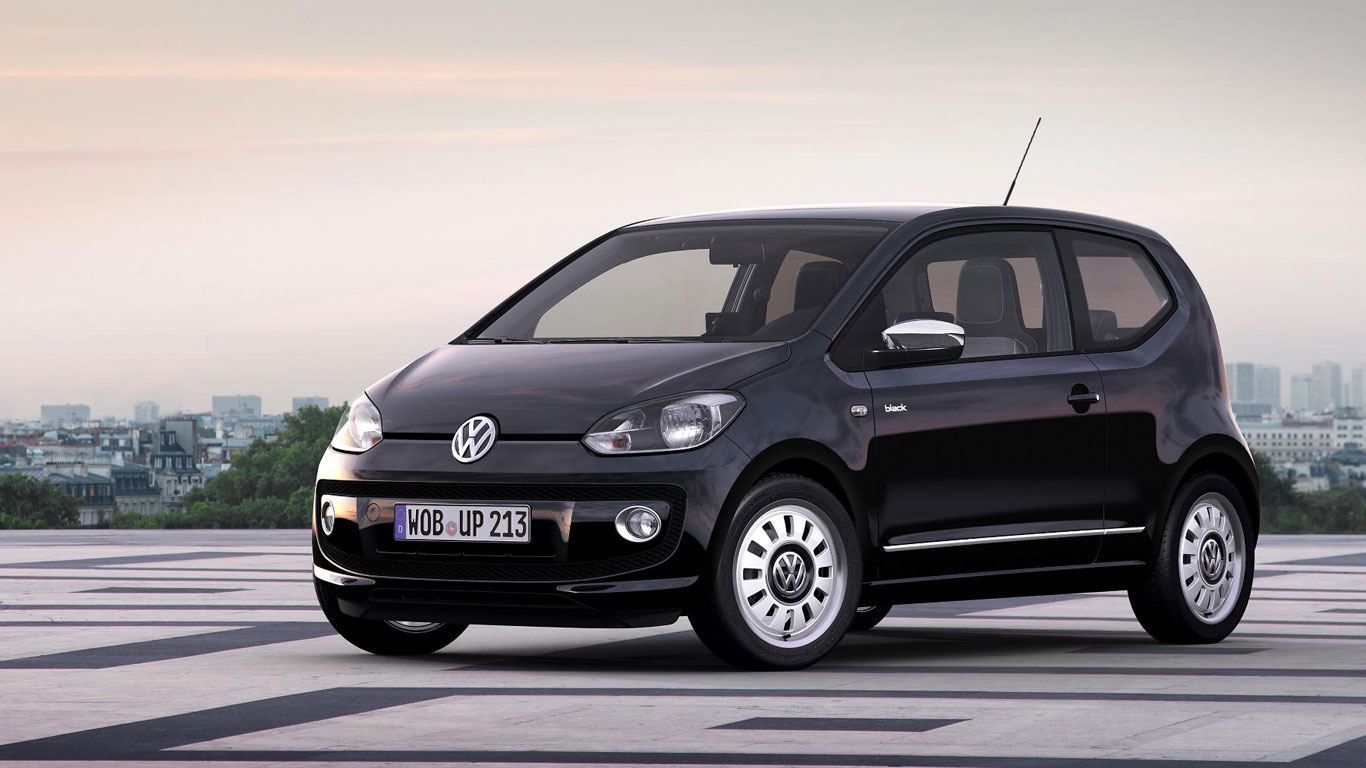
Volkswagen Up – 2011
© VolkswagenIn 2011, Volkswagen delivered the world’s best city car. The Up is the benchmark all other city cars must beat, although you could have opted for the Skoda Citigo or slow-selling Seat Mii versions if you fancied something slightly different.
-
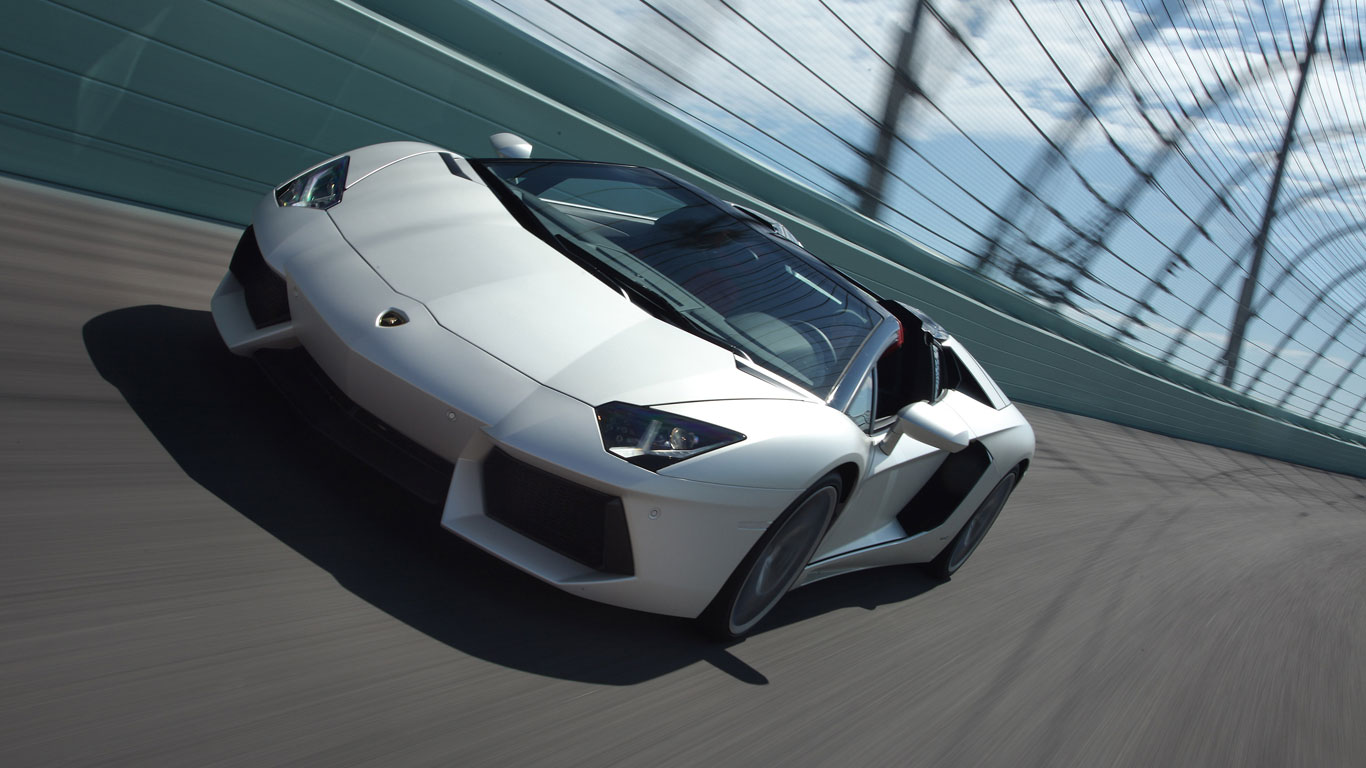
Lamborghini Aventador – 2011
© LamborghiniAny concerns that Volkswagen/Audi’s ownership of Lamborghini would result in a dilution of the Italian company’s spirit were put to bed in 2011 with the launch of the Aventador. The 6.5-liter V12-engined supercar became a worthy flagship for the brand.
-
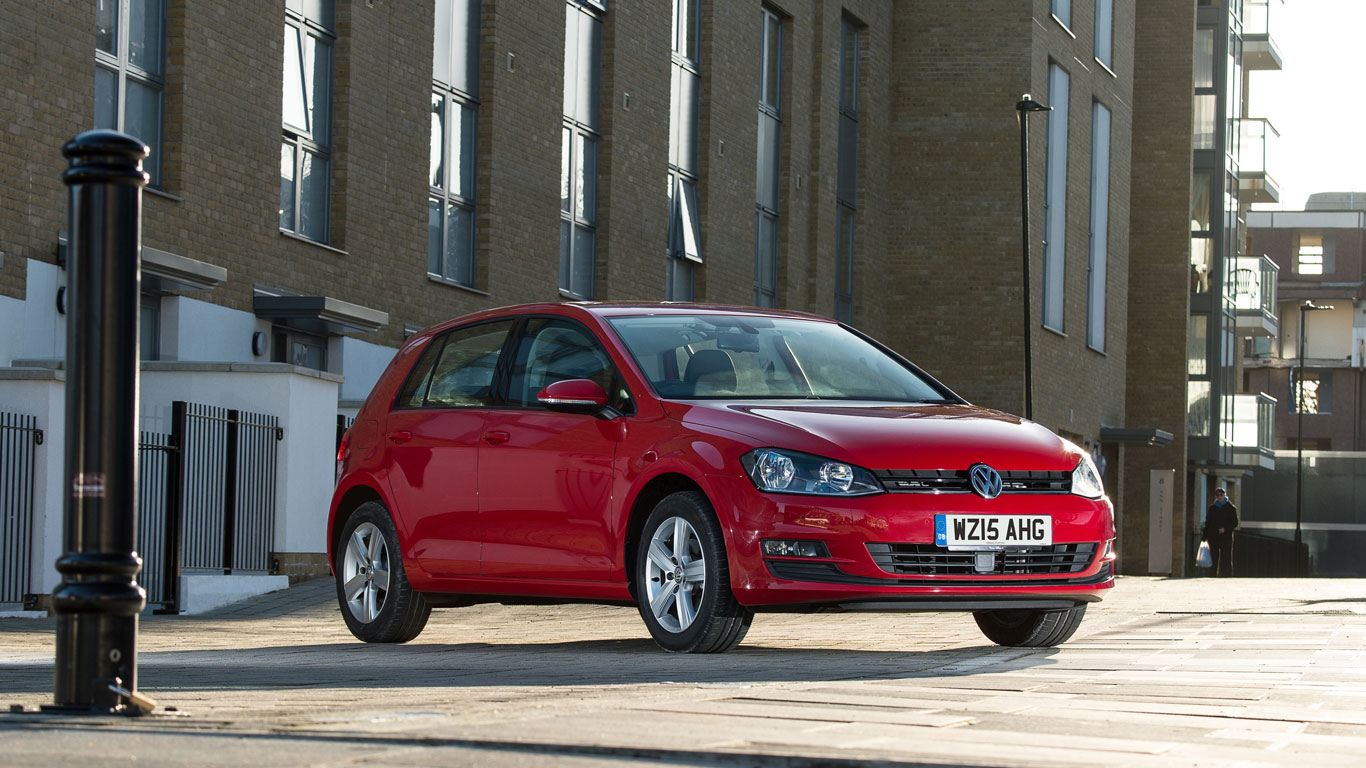
Volkswagen Golf Mk7 – 2012
© VolkswagenThe Volkswagen Golf just keeps on going. It’s consistently the top-selling car in continental Europe and in 2014 it managed to find 1.011 million new homes across the world.
-
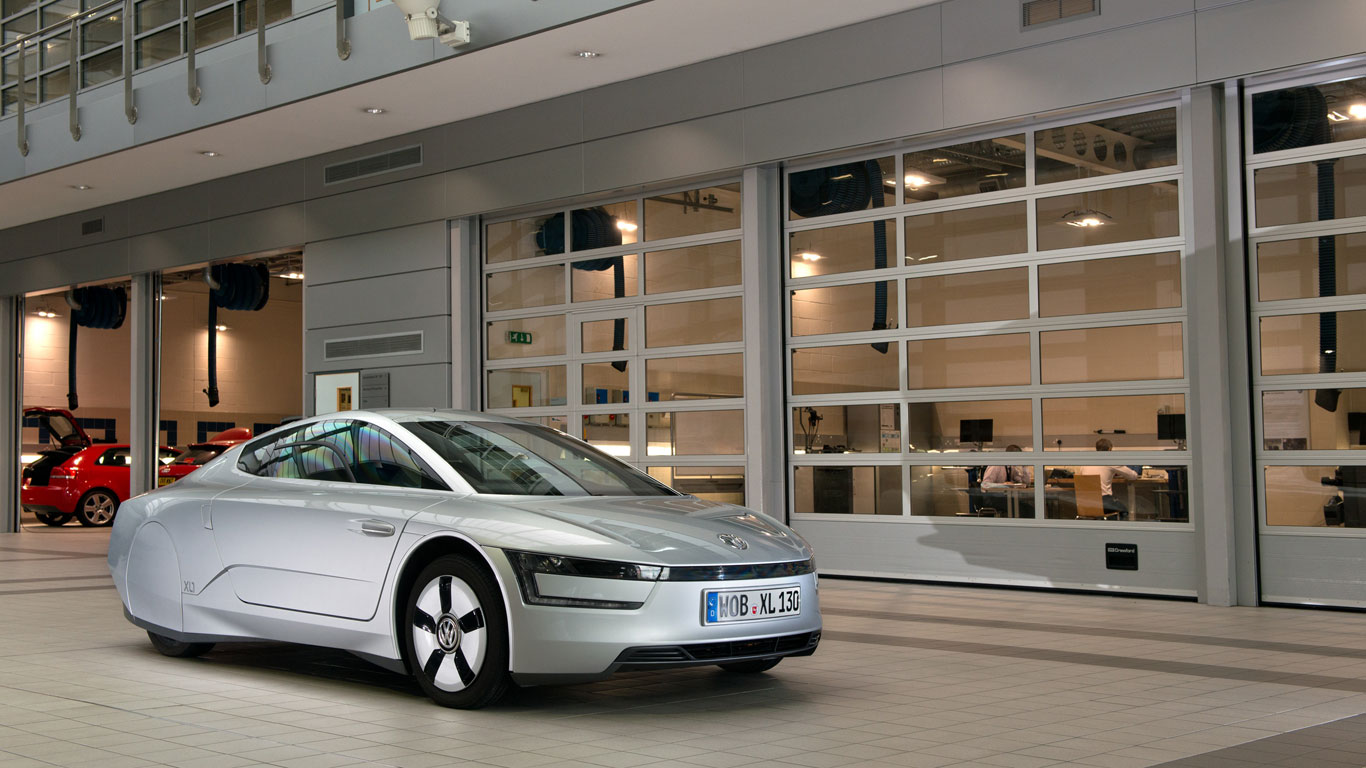
Volkswagen XL1 – 2013
© VolkswagenWould you pay over $100,000 for a Volkswagen? That was the price of the ground-breaking XL1 plug-in hybrid, which uses a two-cylinder diesel engine and an electric motor to offer a claimed 313mpg on the combined cycle. Just 200 were built.
-
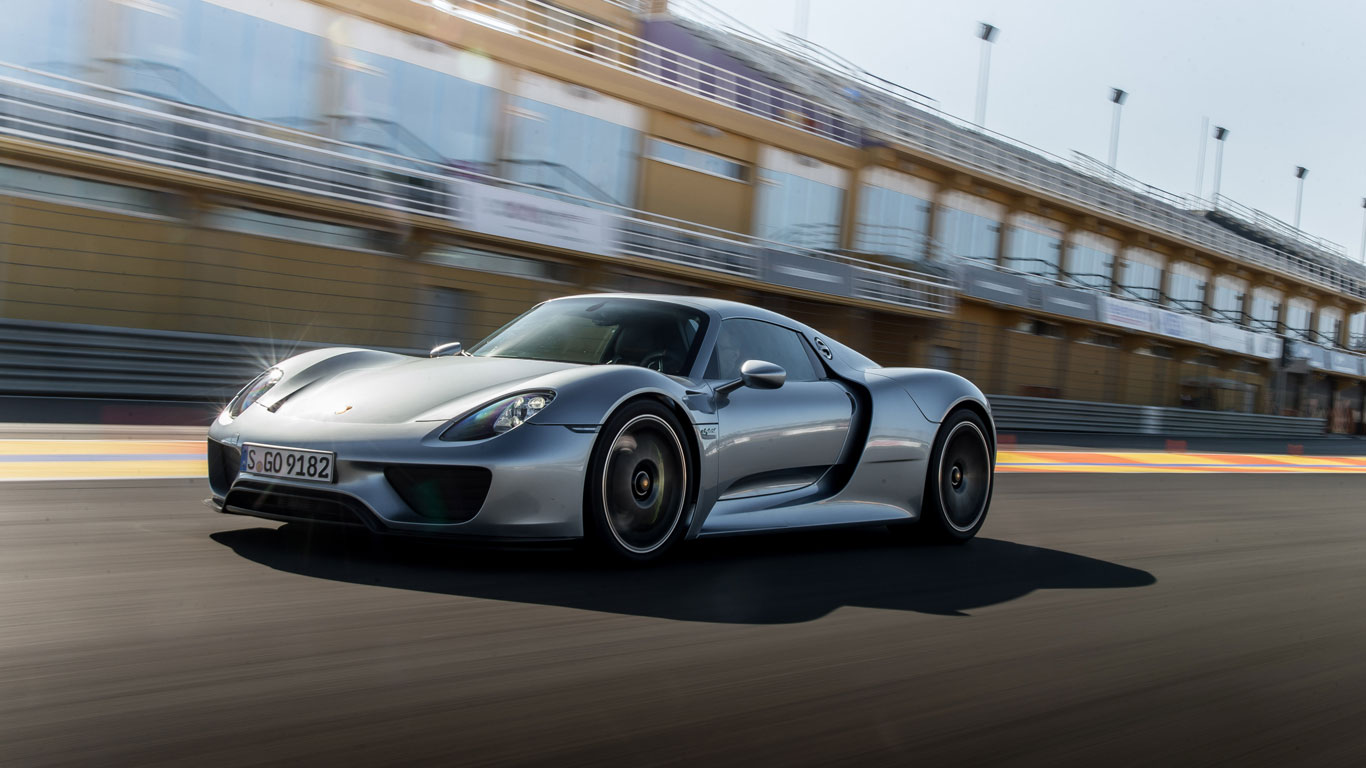
Porsche 918 Spyder – 2013
© PorscheThe Porsche 918 Spyder created a unique halo above the entire range of Porsche cars, most notably its plug-in hybrid cars, such as the Panamera and Cayenne. It’s a hypercar in a very modern sense, sitting alongside the LaFerrari and McLaren P1.
-
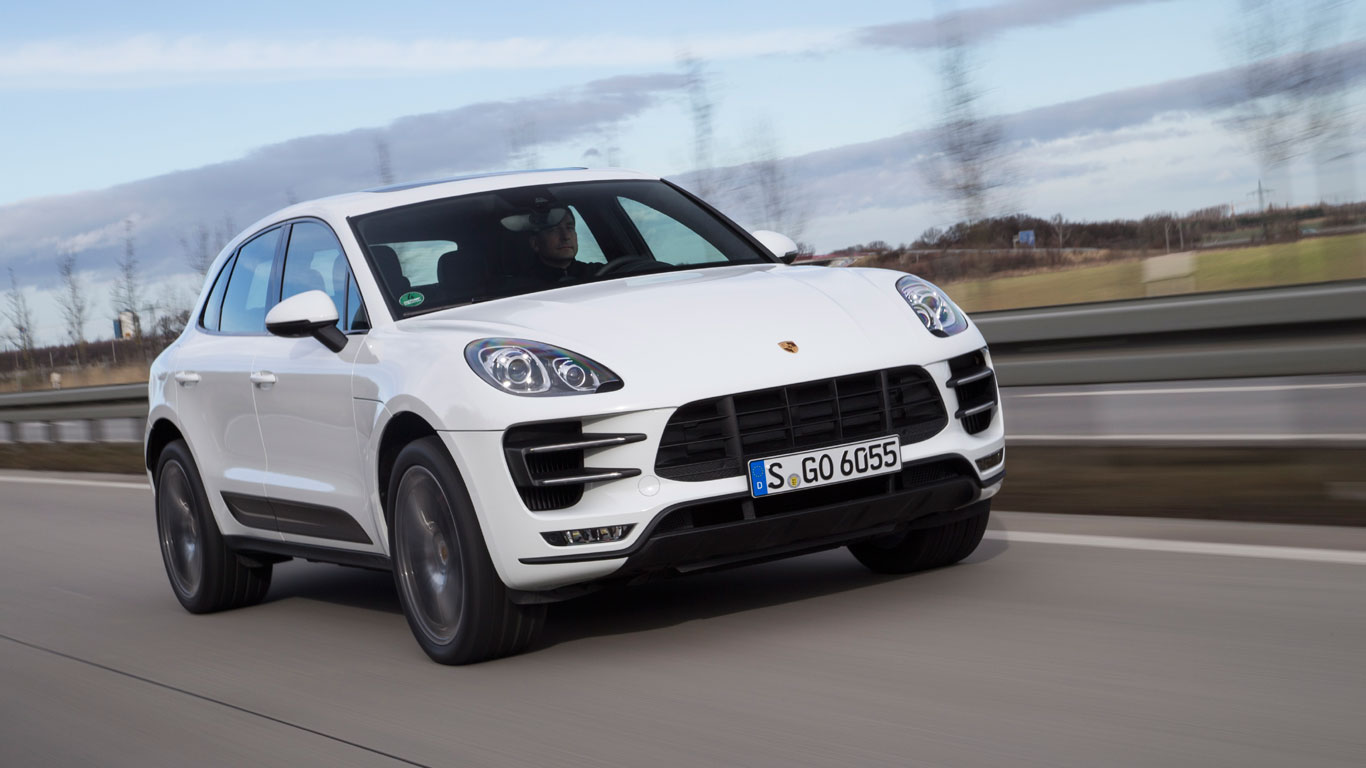
Porsche Macan – 2013
© PorscheBut for something altogether more affordable, how about the Porsche Macan? Volkswagen took control of Porsche 2012, after years of speculation that the deal could have been the other way around. The Macan demonstrates that Porsche is in good hands, because it feels nothing like the Audi Q5 it is based on.
-
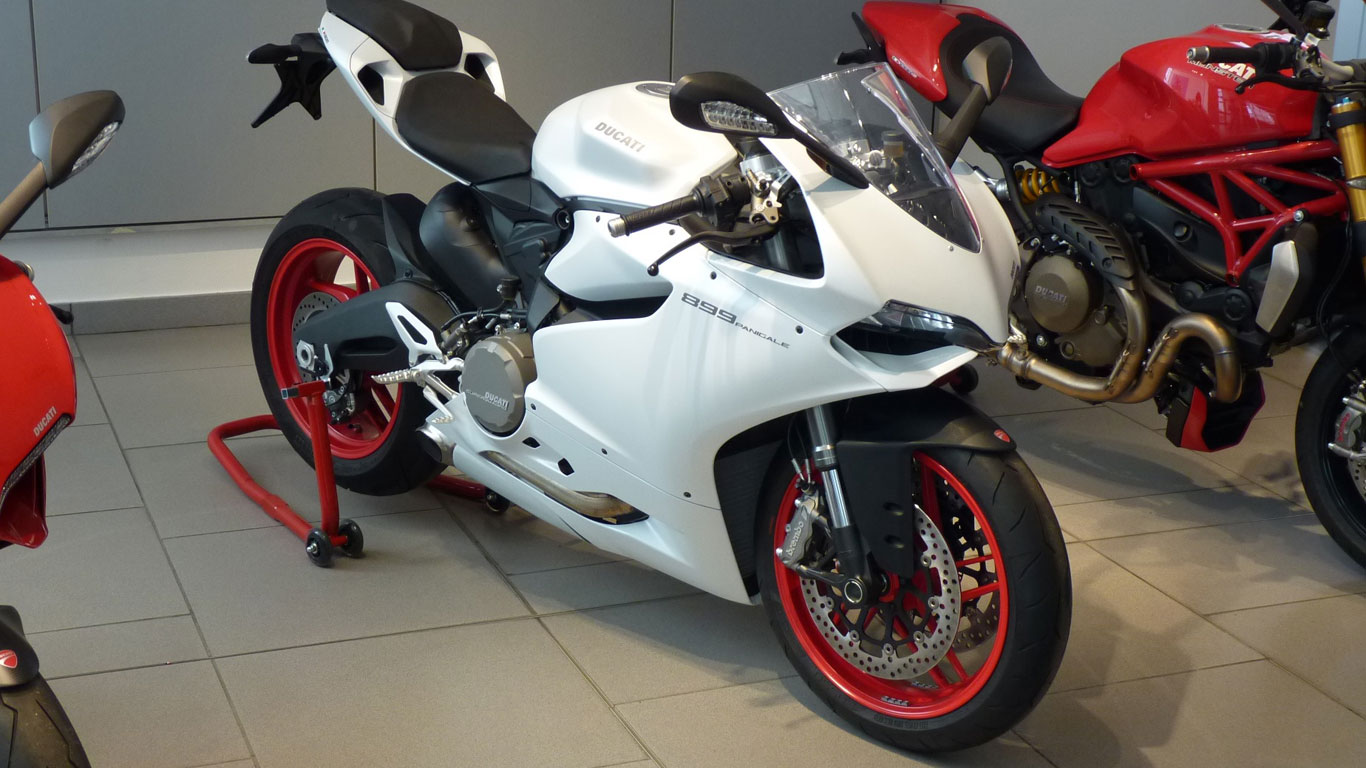
Ducati 899 Panigale – 2013
© WikipediaCars, trucks and – in 2012 – motorcycles. Ferdinand Piech is a keen biker and a long-time admirer of Ducati. Indeed, he tried to buy the company from the Italian government in 1984. The realisation of a dream came true in 2012 when Ducati became a subsidiary of Lamborghini. The Ducati 899 Panigale – launched in 2013 – is one of the company’s best-ever bikes.
-
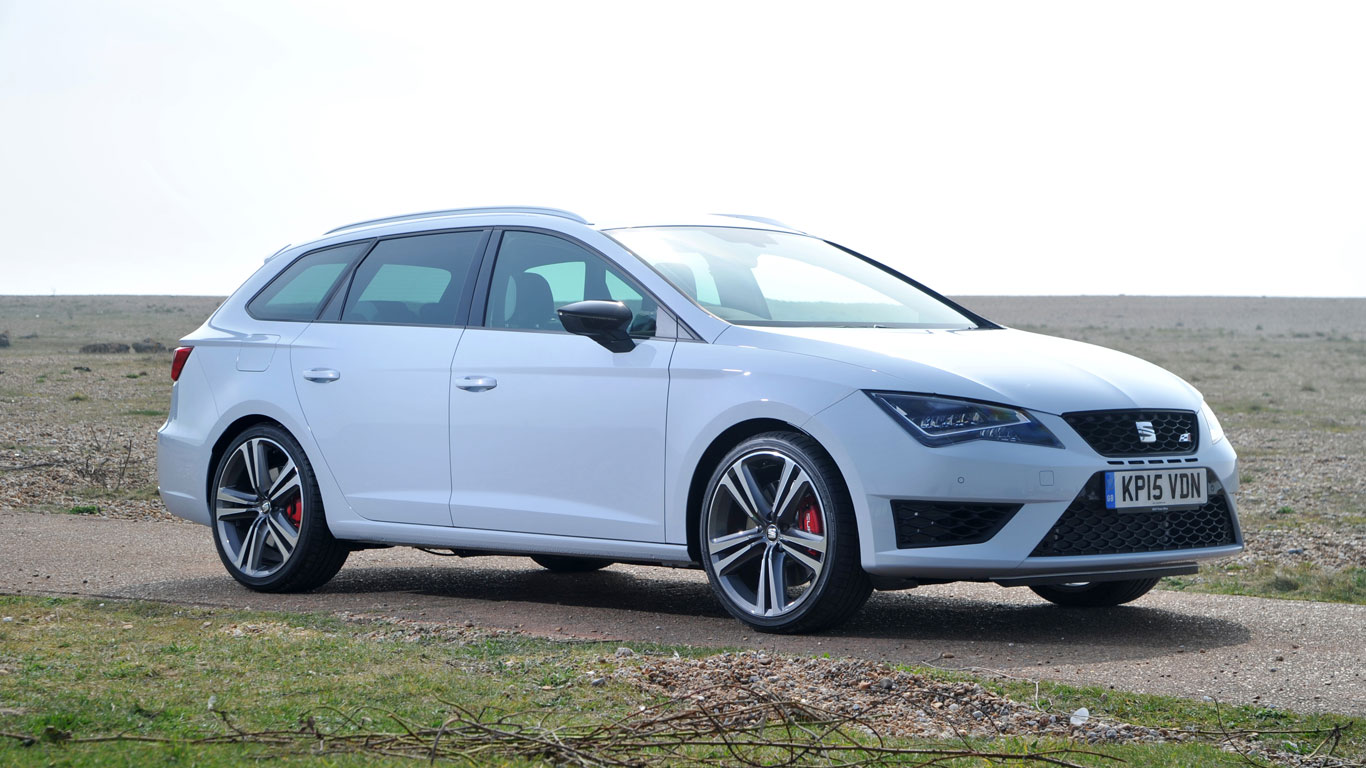
Seat Leon Cupra 280 – 2014
© SeatYou could buy a Volkswagen Golf GTI, or you could buy something with a uniquely Spanish flavour. That’s the benefit of platform-sharing, because the Volkswagen Group is able to appeal to a far wider range of buyers. The 280hp Leon Cupra was a brilliant hot hatch – and was even available in estate form.
-
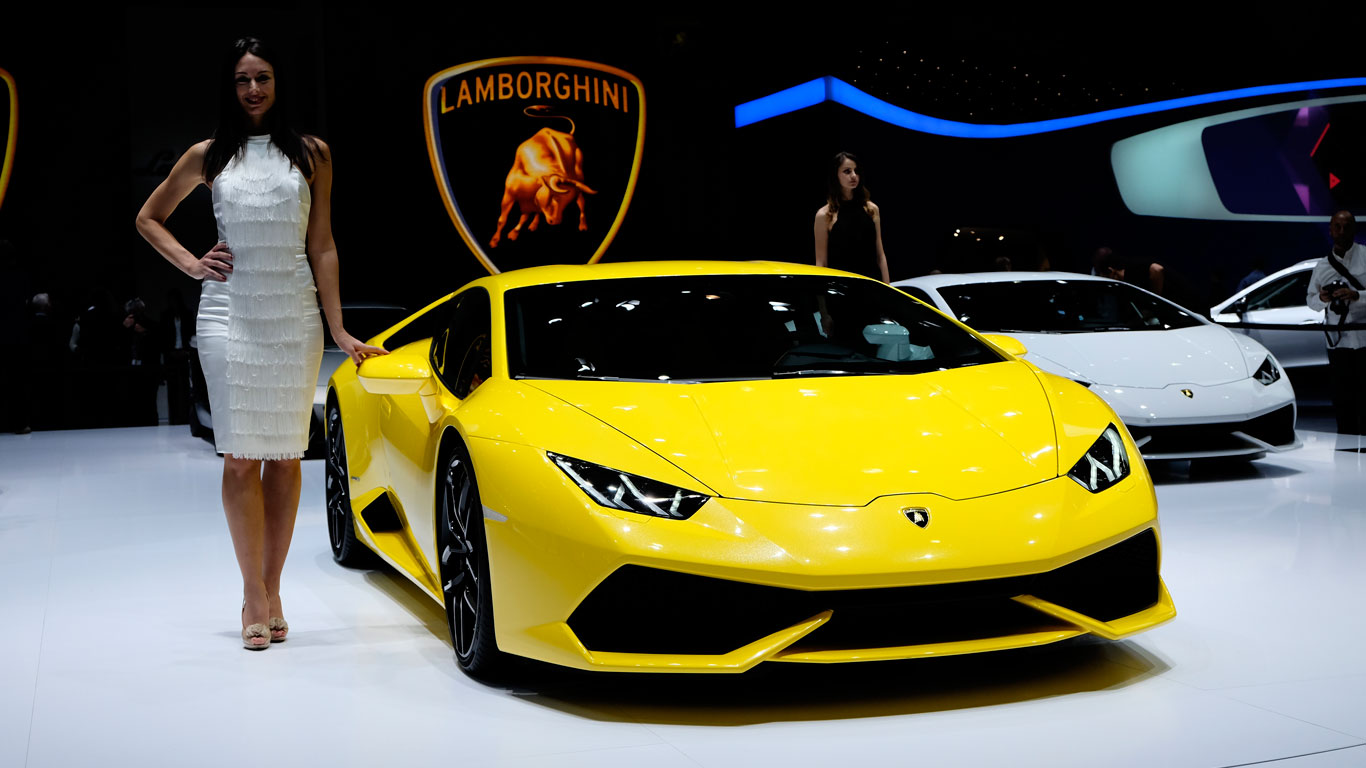
Lamborghini Huracan – 2014
© LamborghiniThe Huracan amplified what was great about the Gallardo, including an even more powerful V10 engine. It’s designed to sell in big numbers and that’s vital for the long-term survival of this much-loved brand.
-
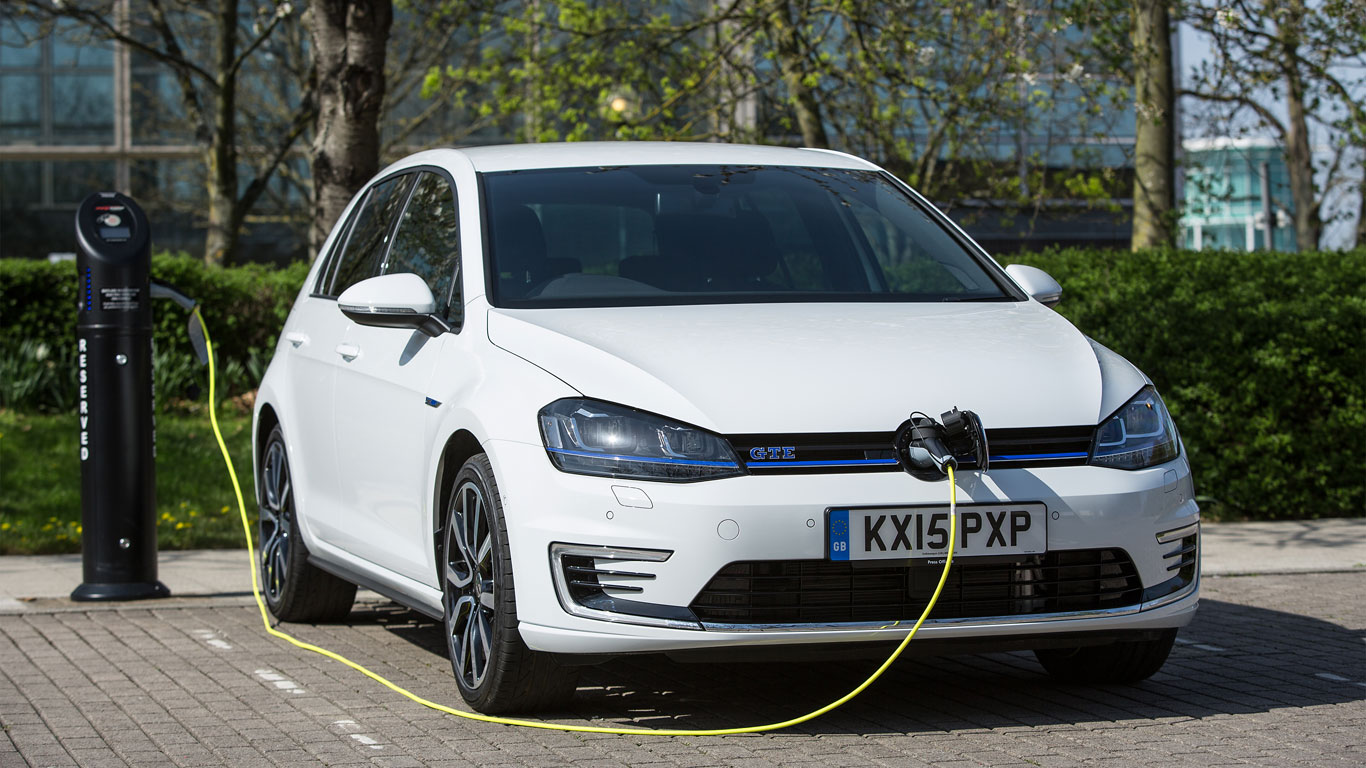
Volkswagen Golf GTE – 2014
© VolkswagenThe 2014 Golf GTE was a proper Jekyll-and-Hyde hatchback, with just enough talent to perform on a B-road and the impressive efficiency of a diesel-hybrid powertrain.
-
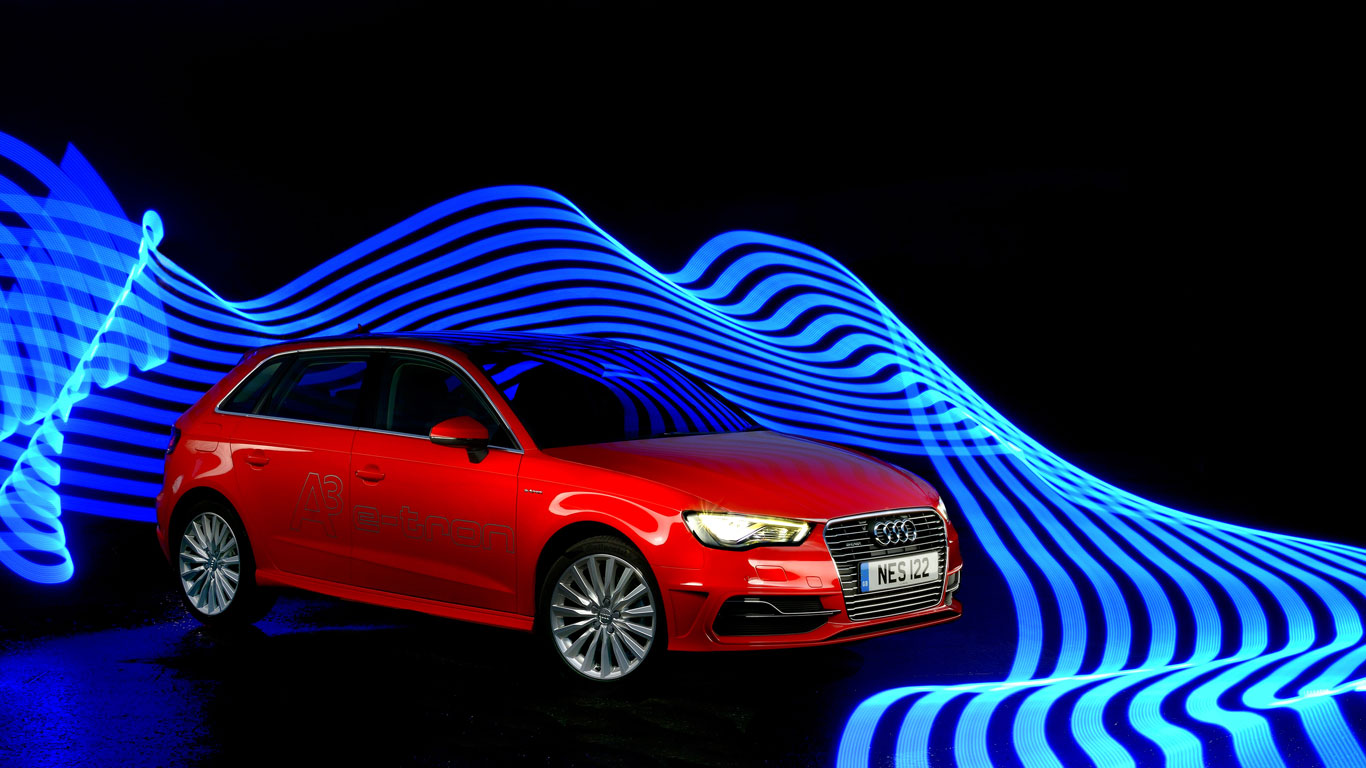
Audi A3 E-tron – 2014
© AudiWas the Audi A3 E-tron the greatest plug-in hybrid you could buy? No, but with the increasing popularity of the A3 and Audi’s strong badge-appeal, it was an appealing package.
-
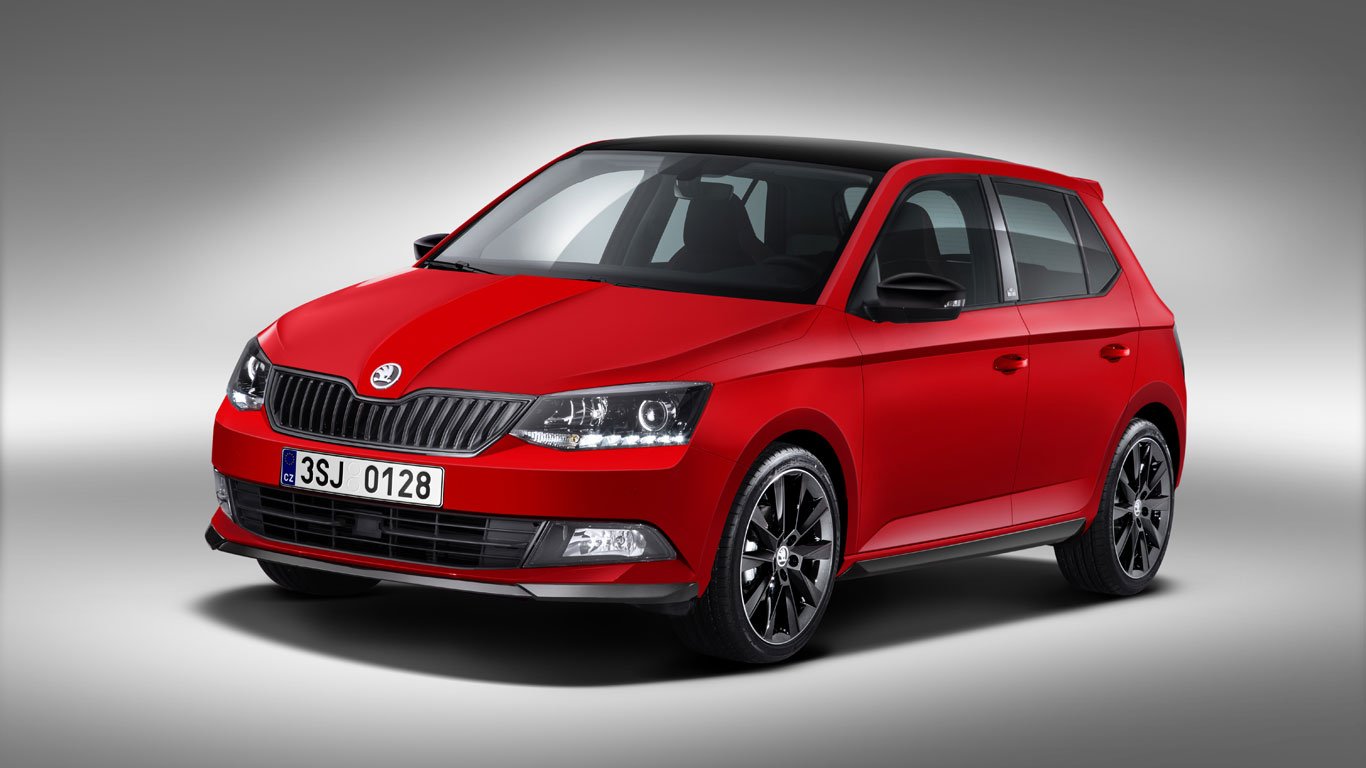
Skoda Fabia – 2014
© SkodaThe same should also be said about the Skoda Fabia. The new car felt even closer to its Volkswagen Polo sibling, perhaps too close. The fine line between Volkswagen and Skoda appears to be growing ever thinner.
-
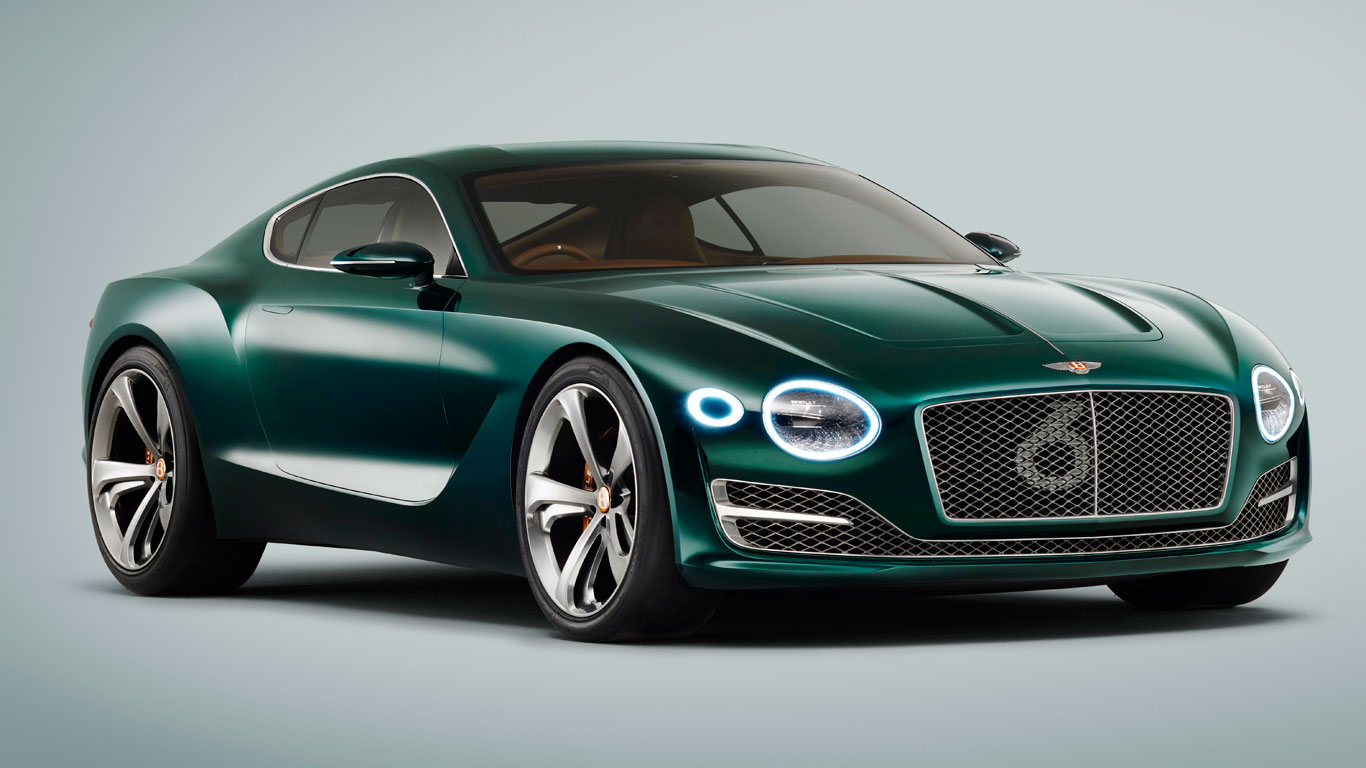
Bentley EXP 10 Speed 6 – 2015
© BentleyAfter the horror show of its SUV concept, we felt Bentley was taking a backward step. The EXP 10 Speed 6 concept proved otherwise, influencing the latest Continental GT.
-
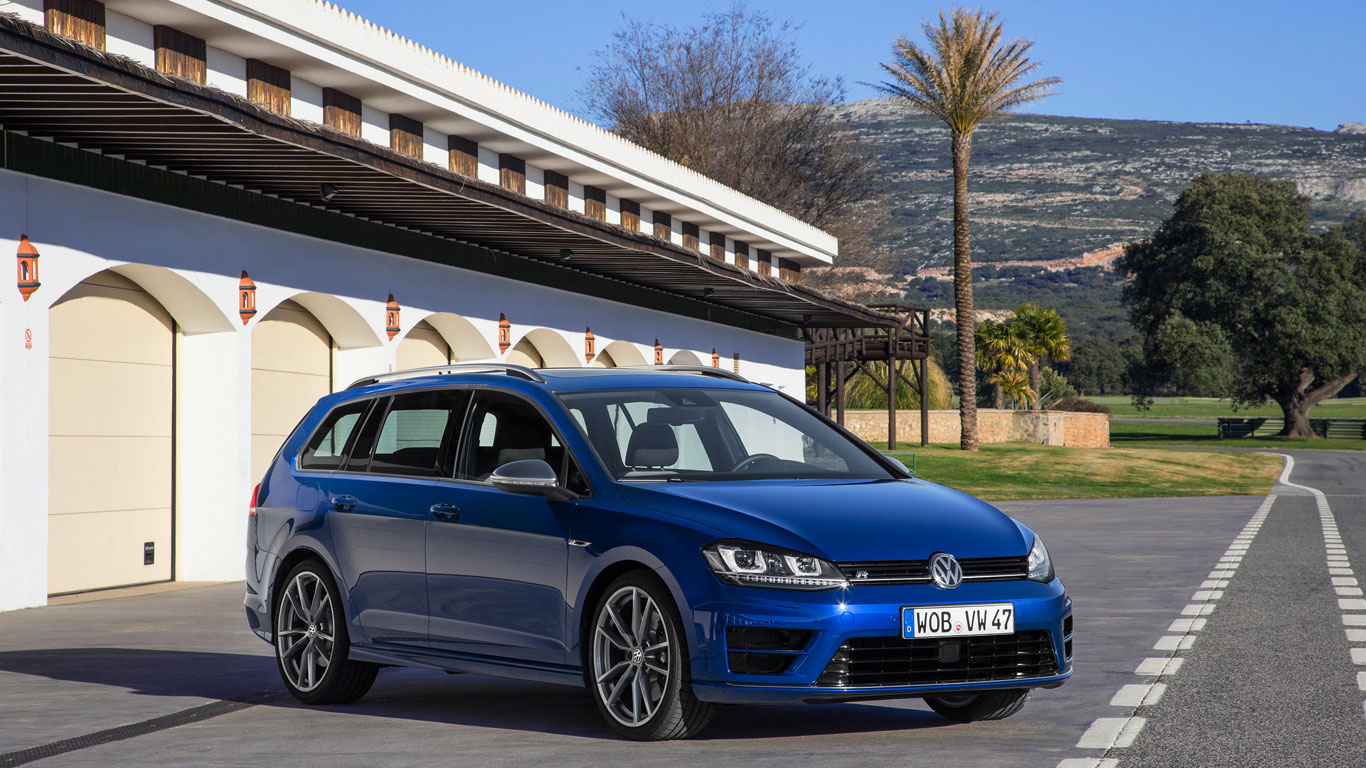
Volkswagen Golf R Estate – 2015
© VolkswagenWe end with the last Volkswagen we drove when Ferdinand Piech was still in residence at Volkswagen HQ. The Golf R Estate remains all the car you’ll ever need: a fitting end to a remarkable career. Dr Piech may be gone, but he won’t be forgotten.